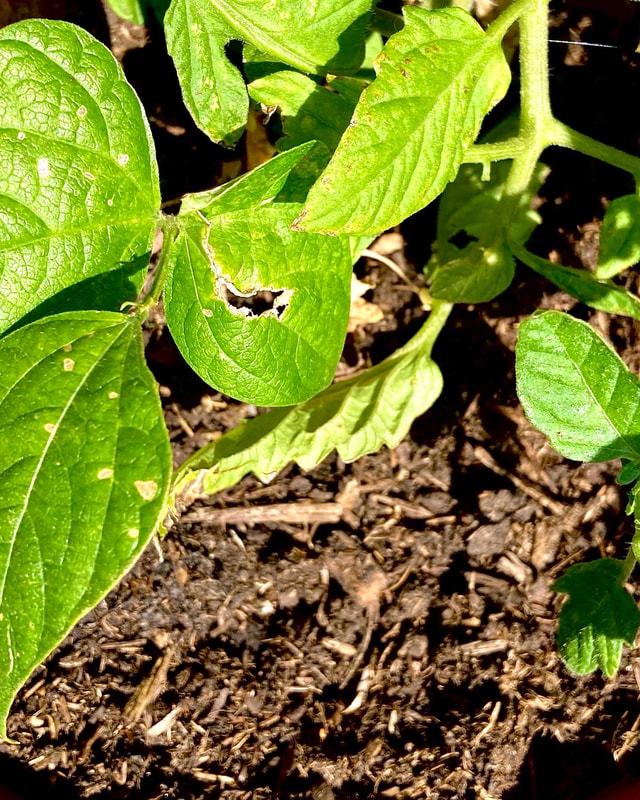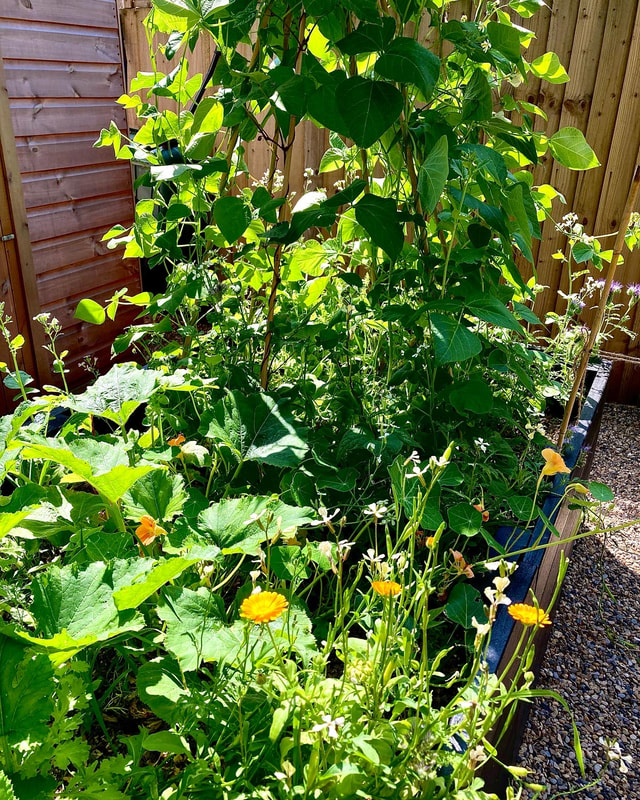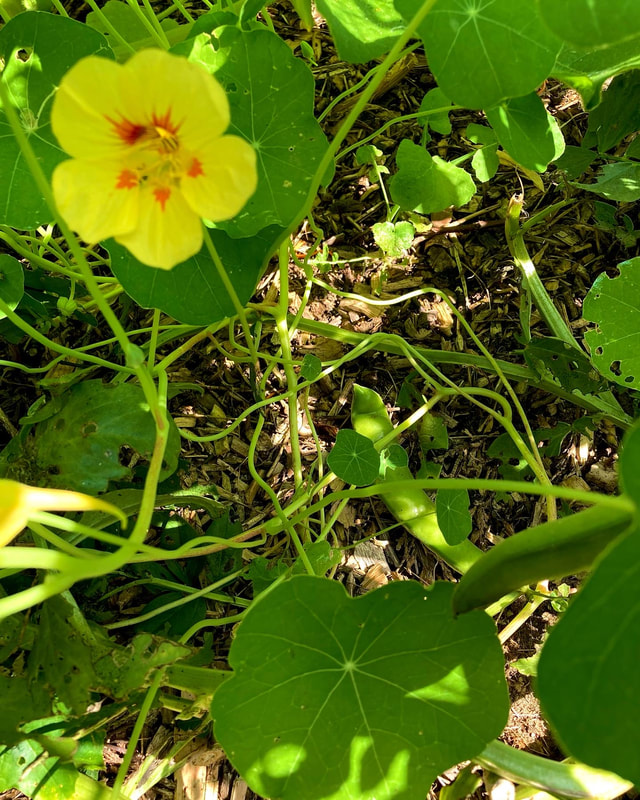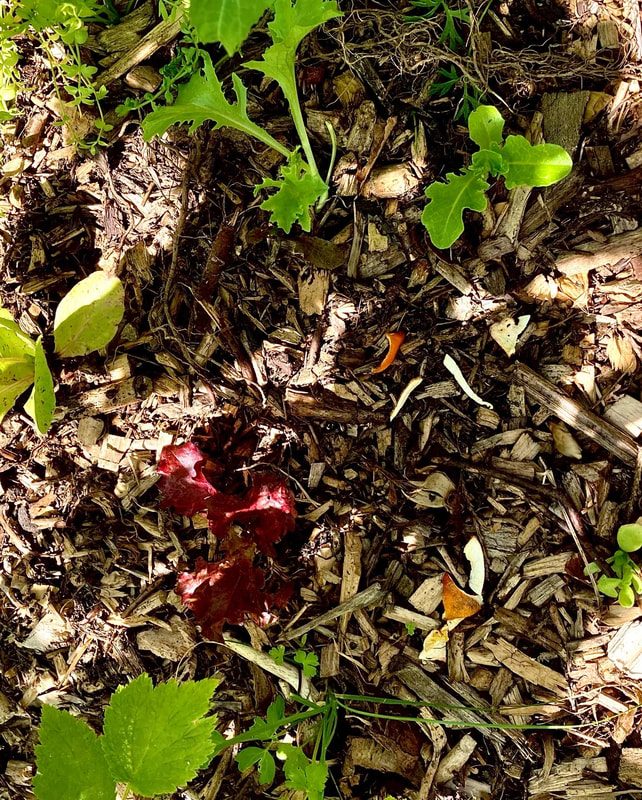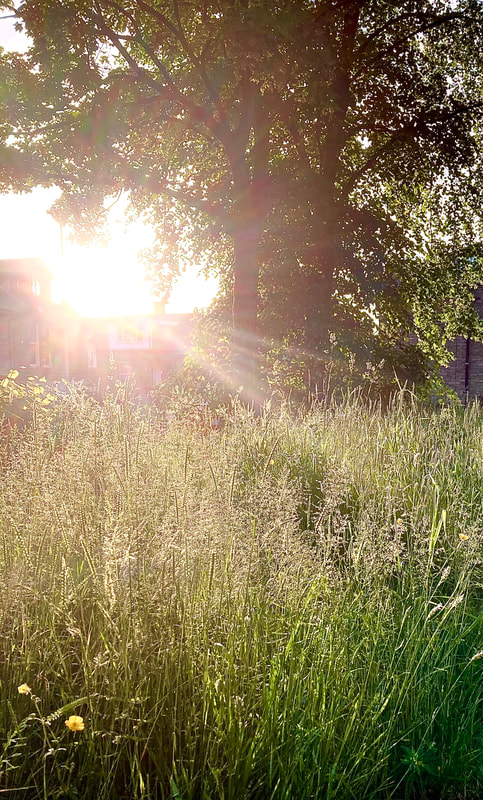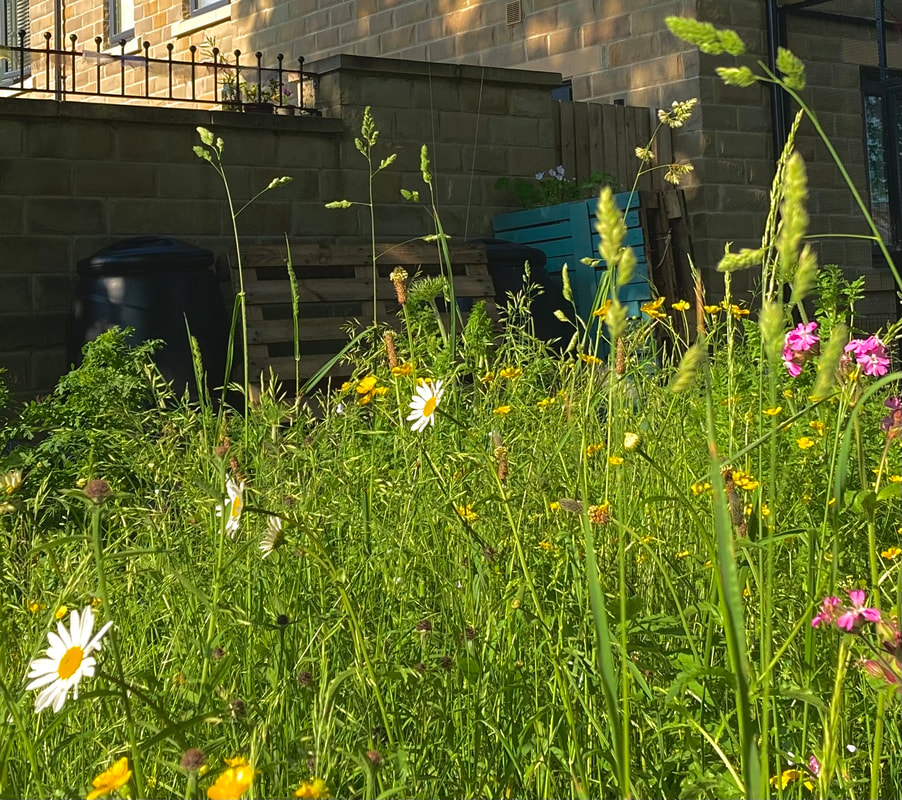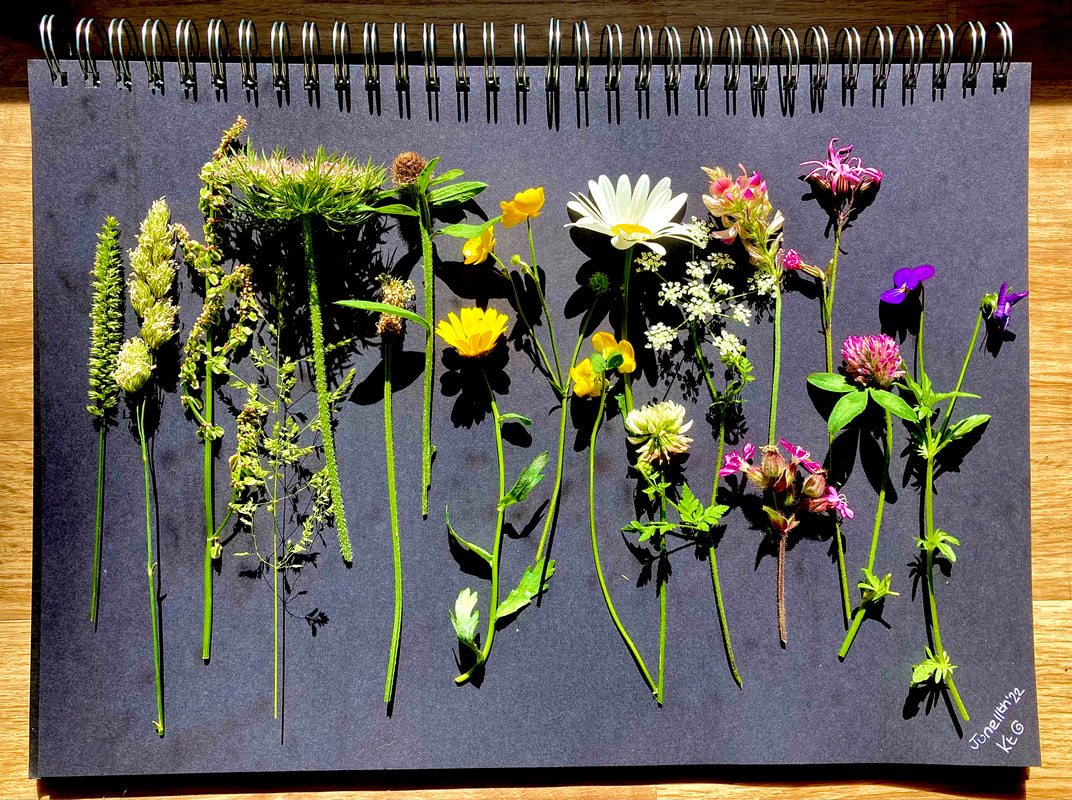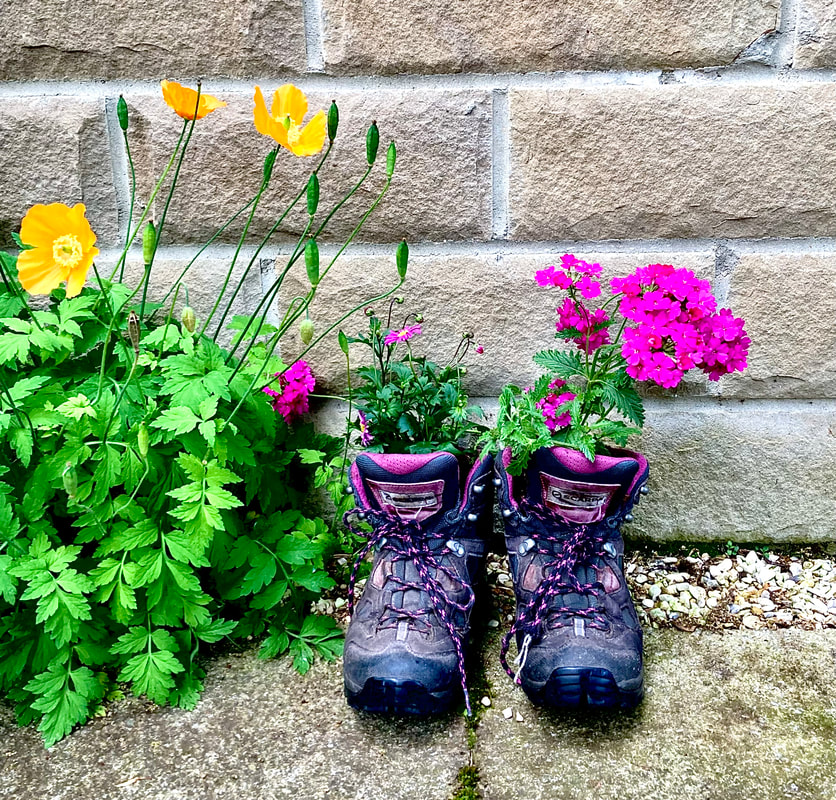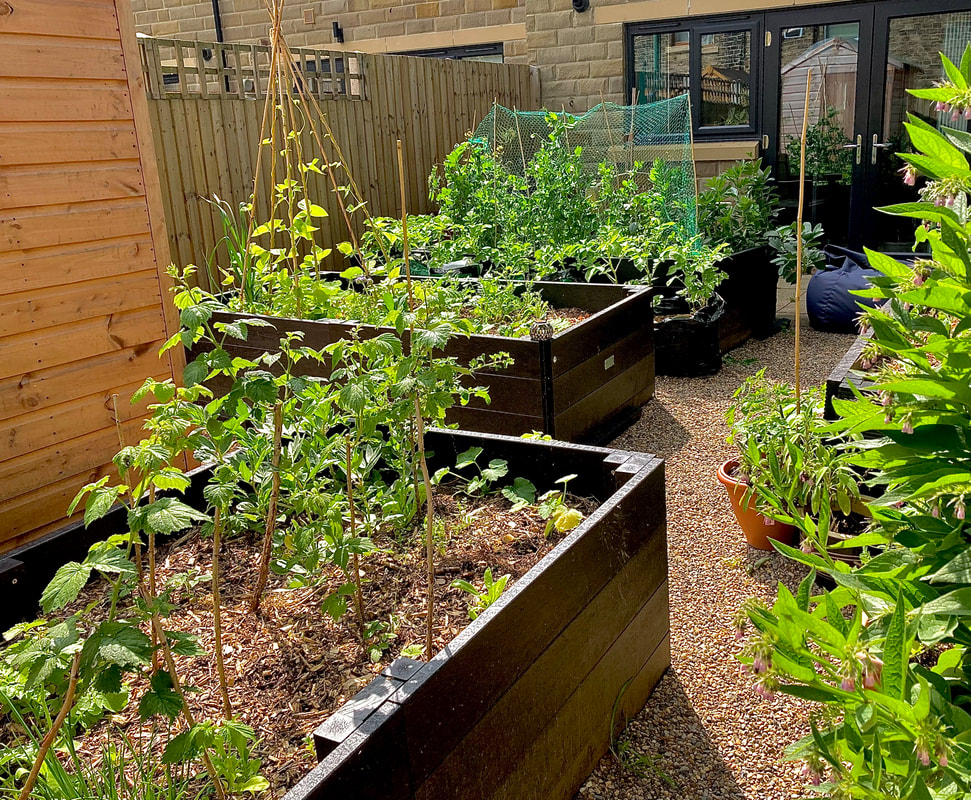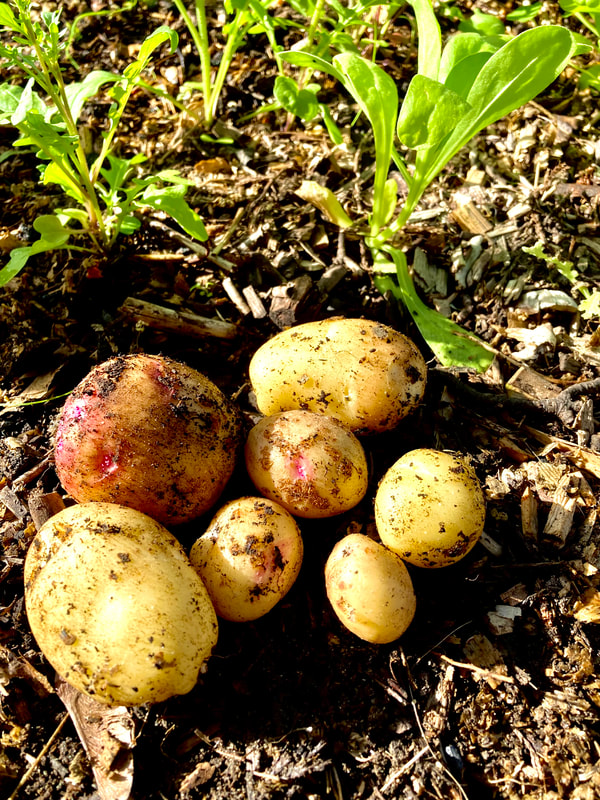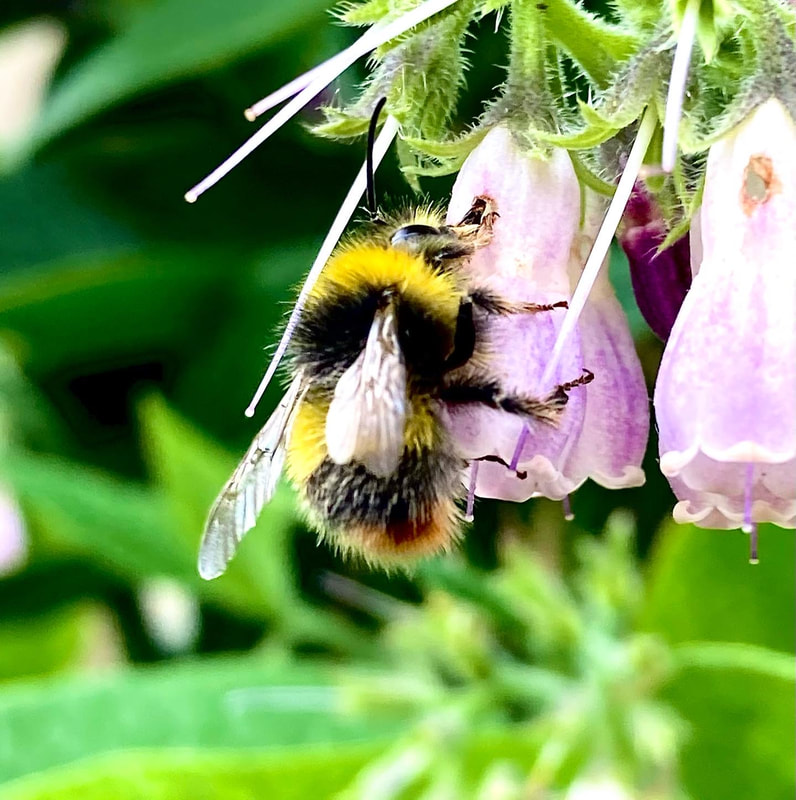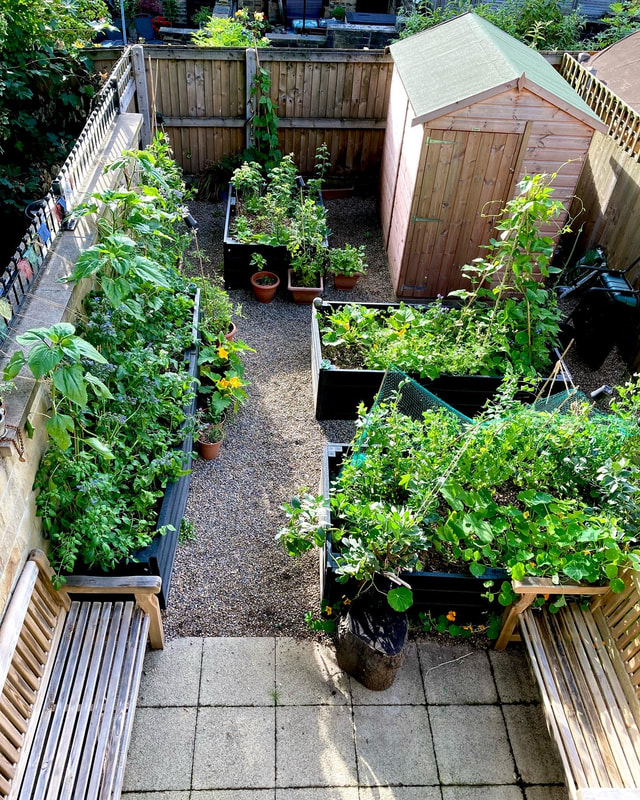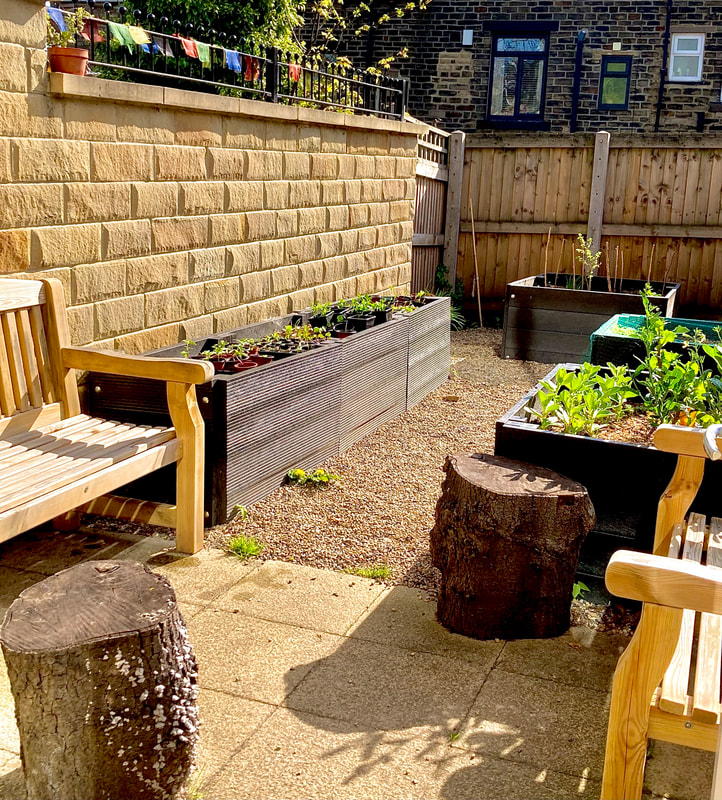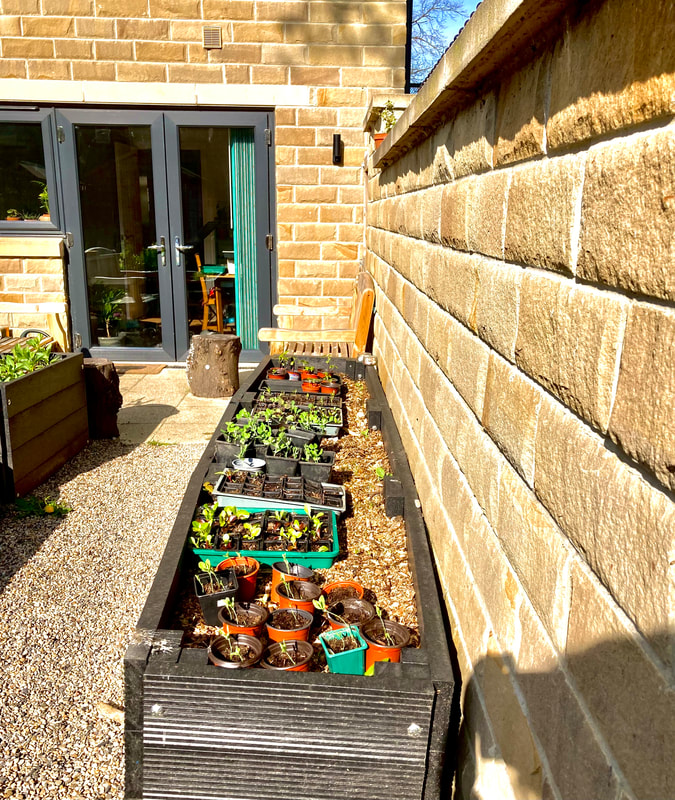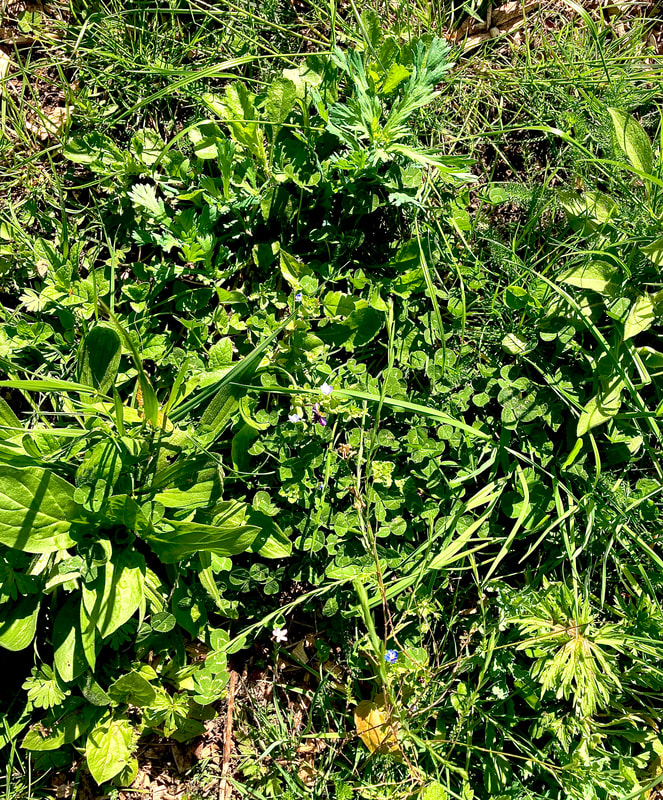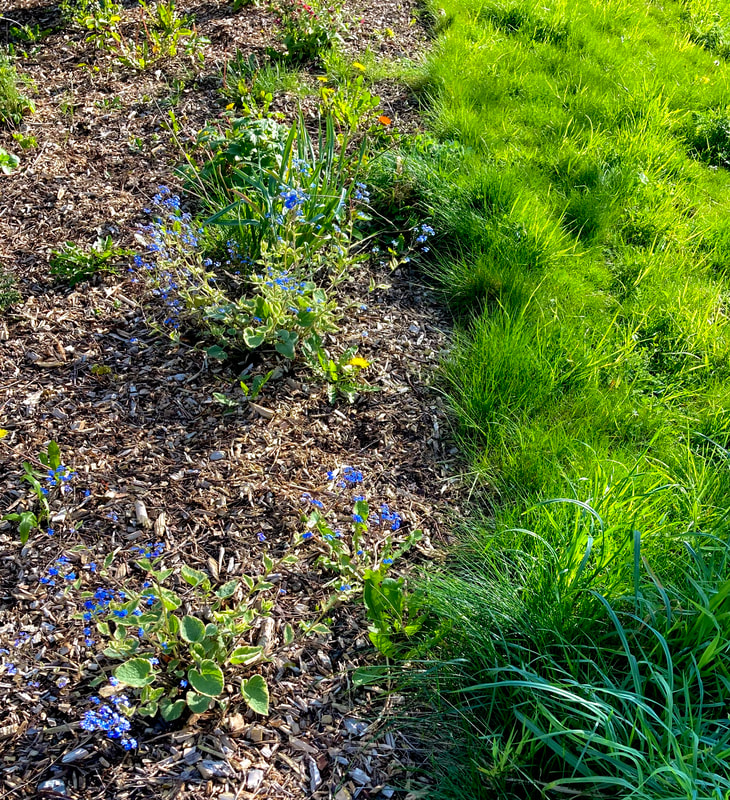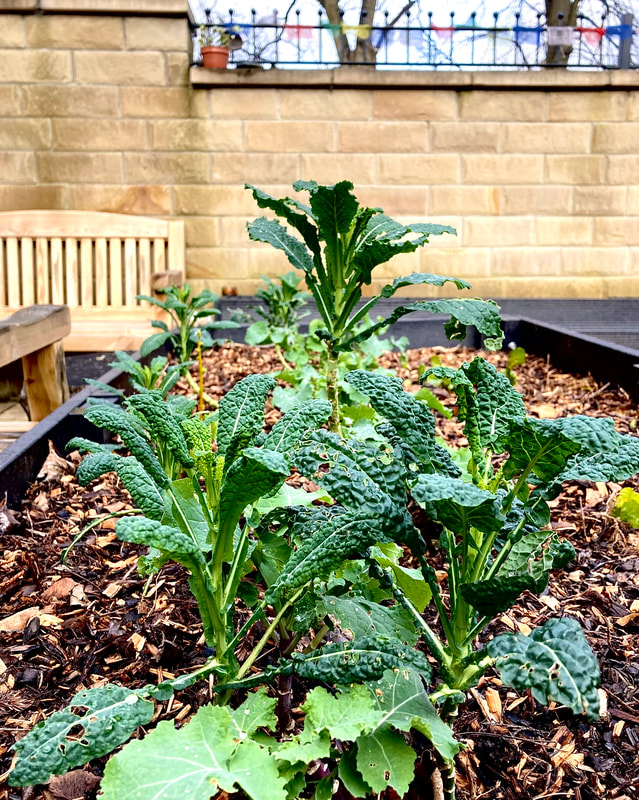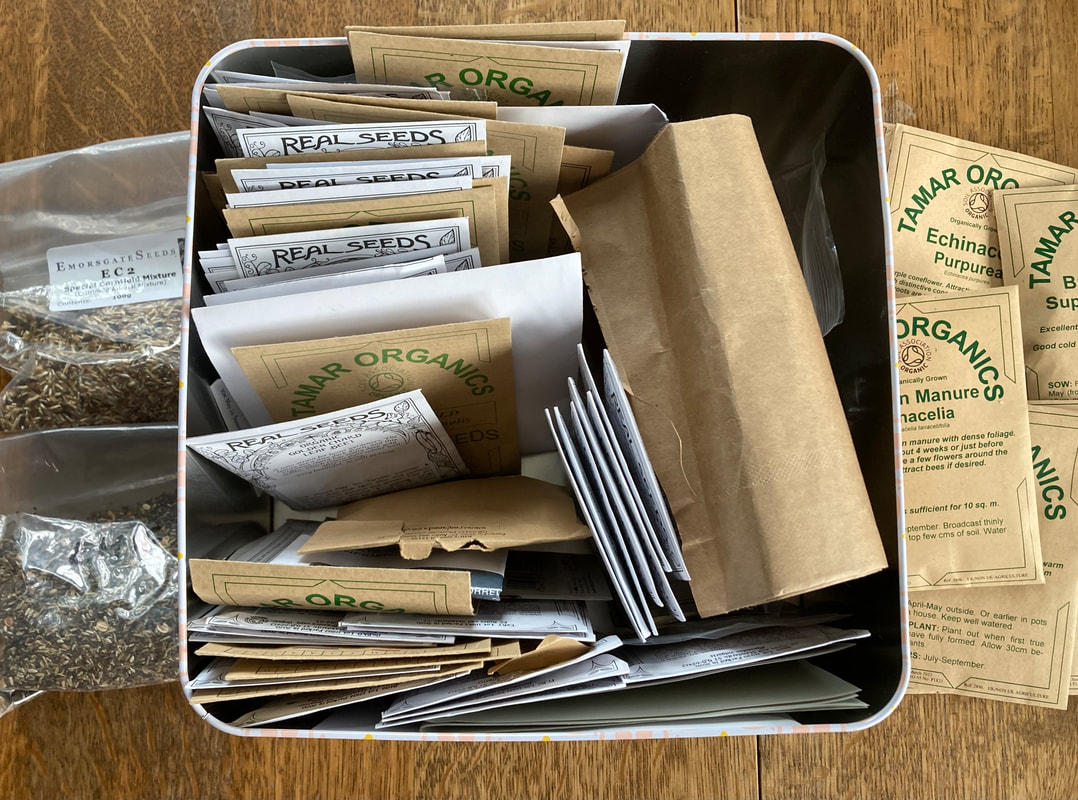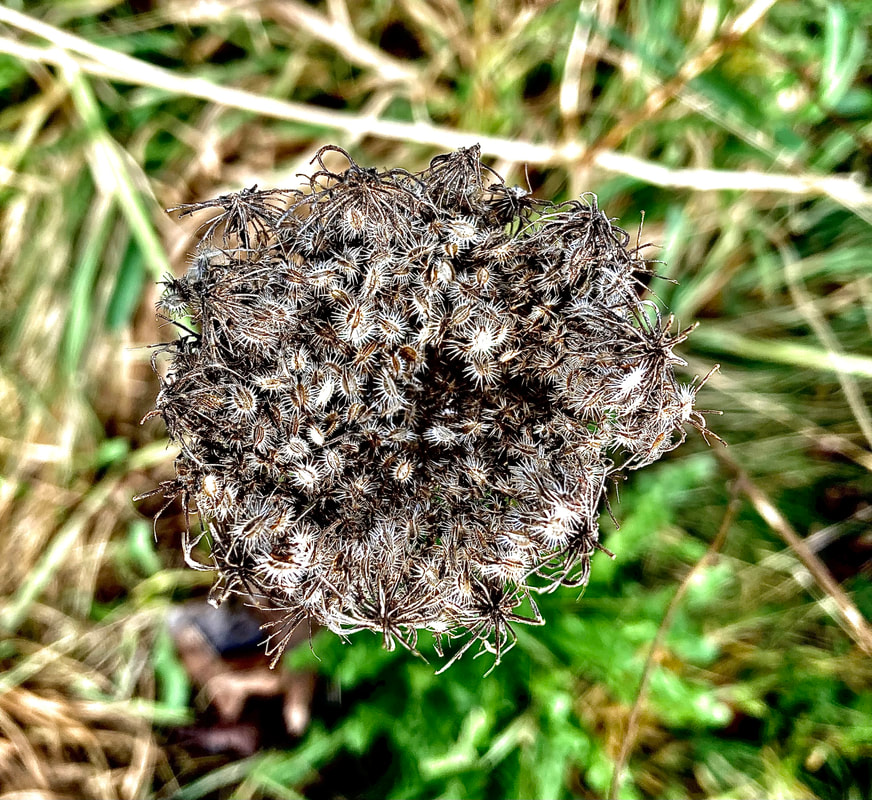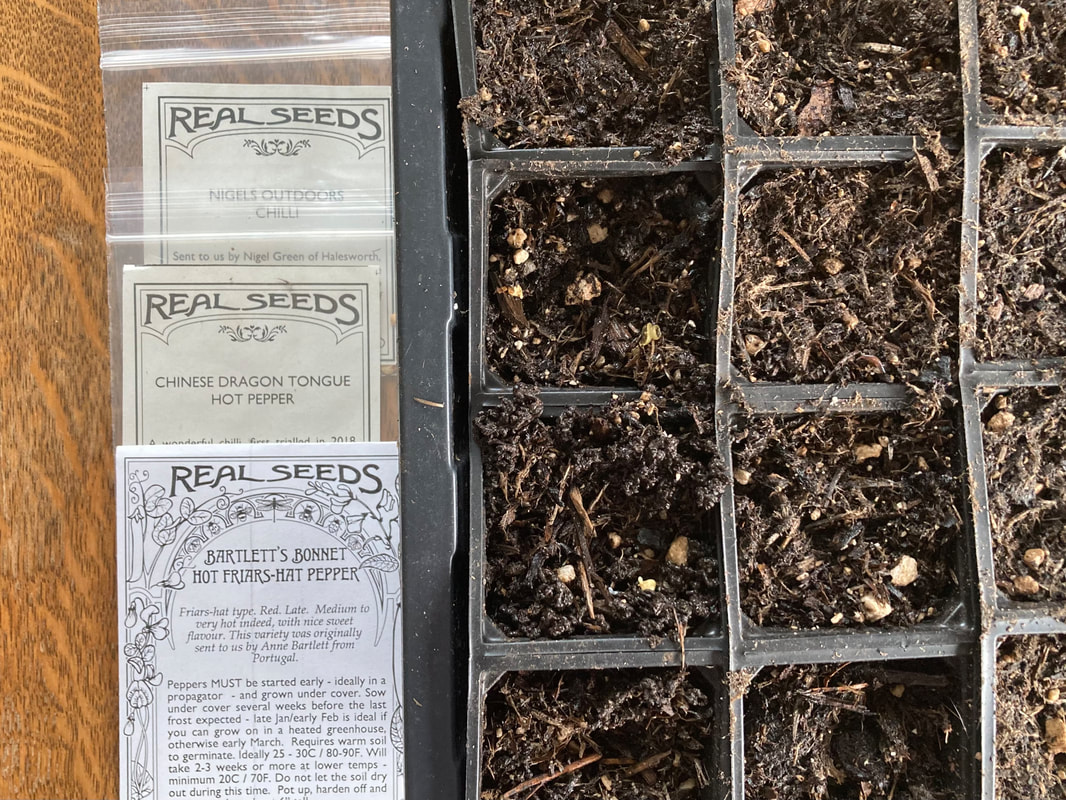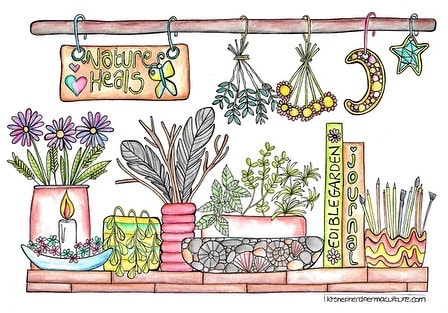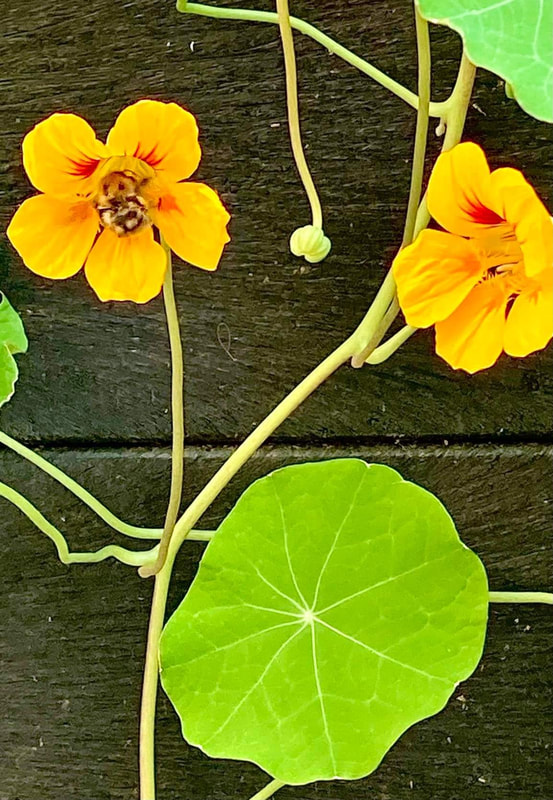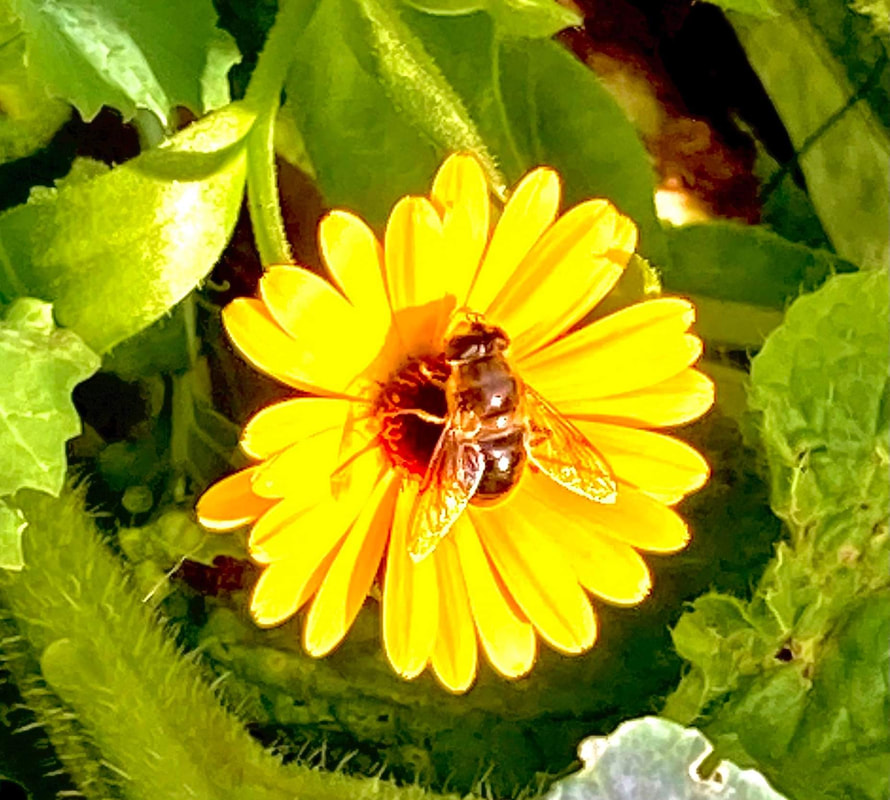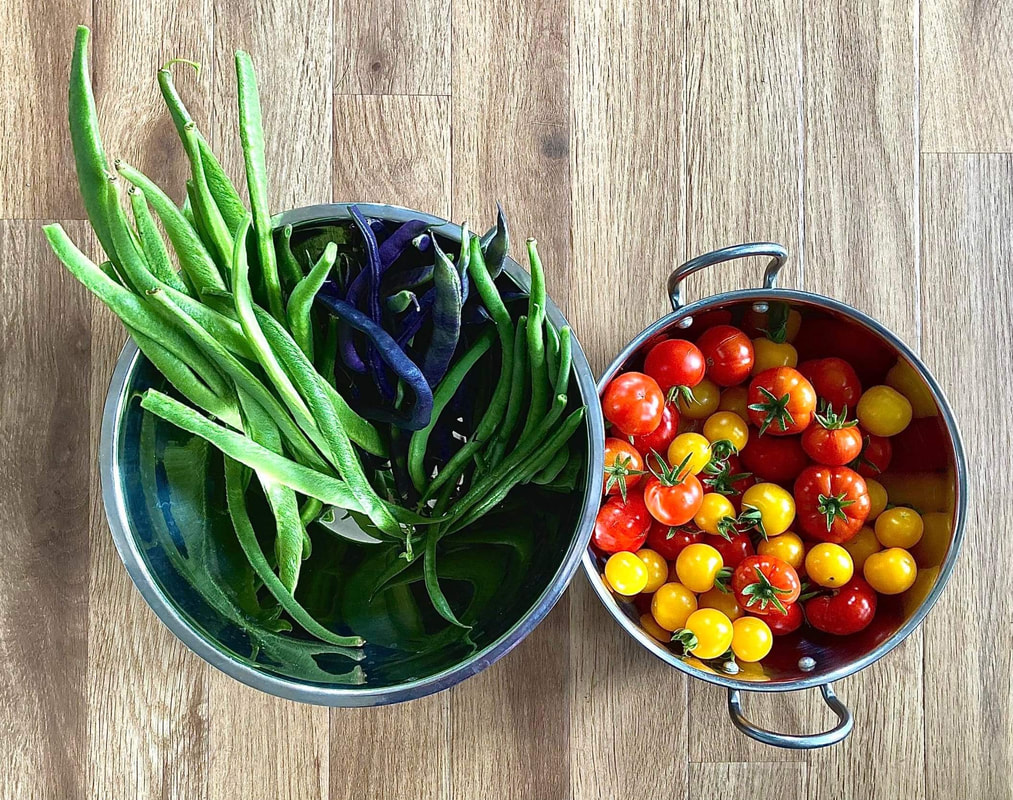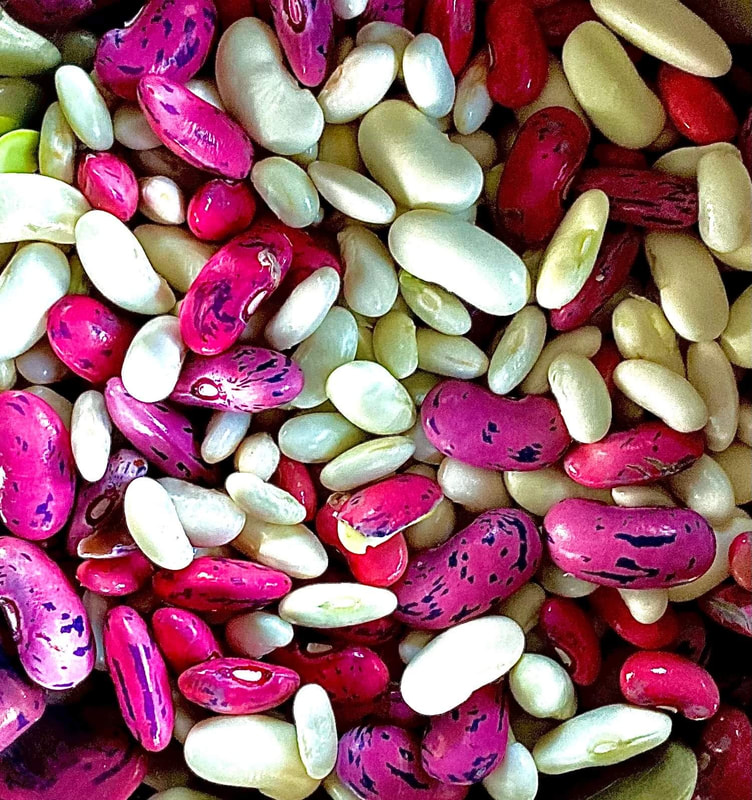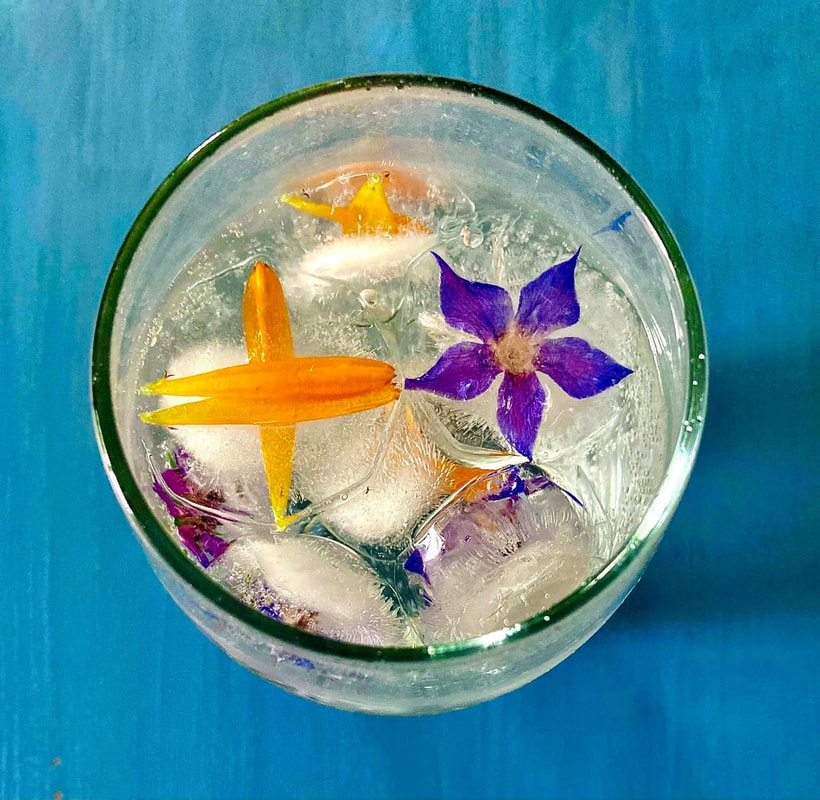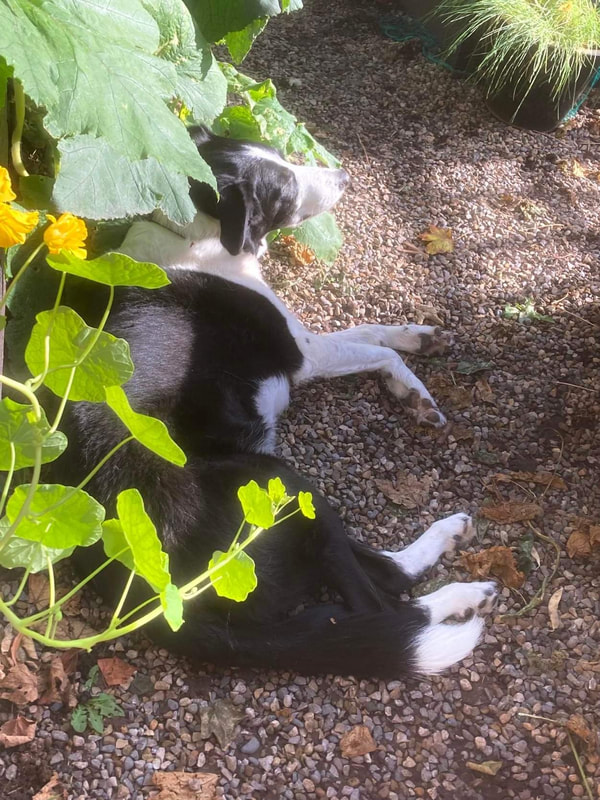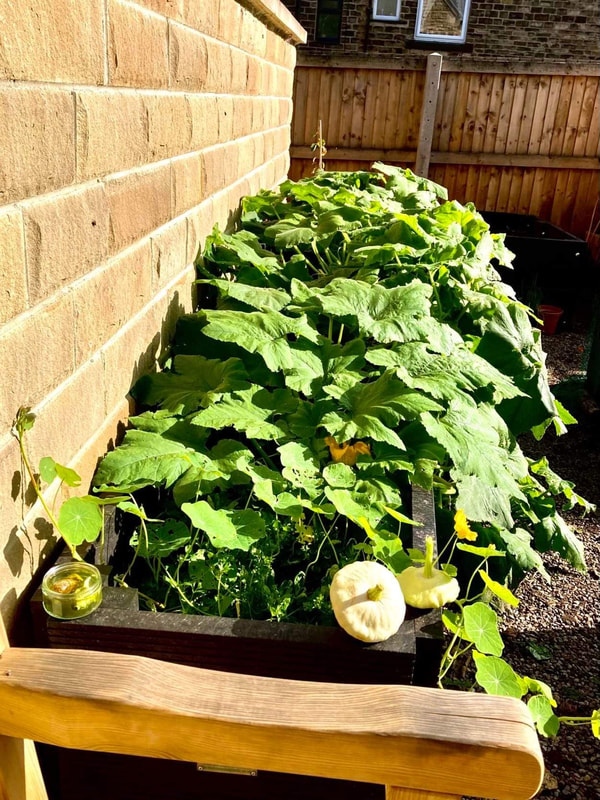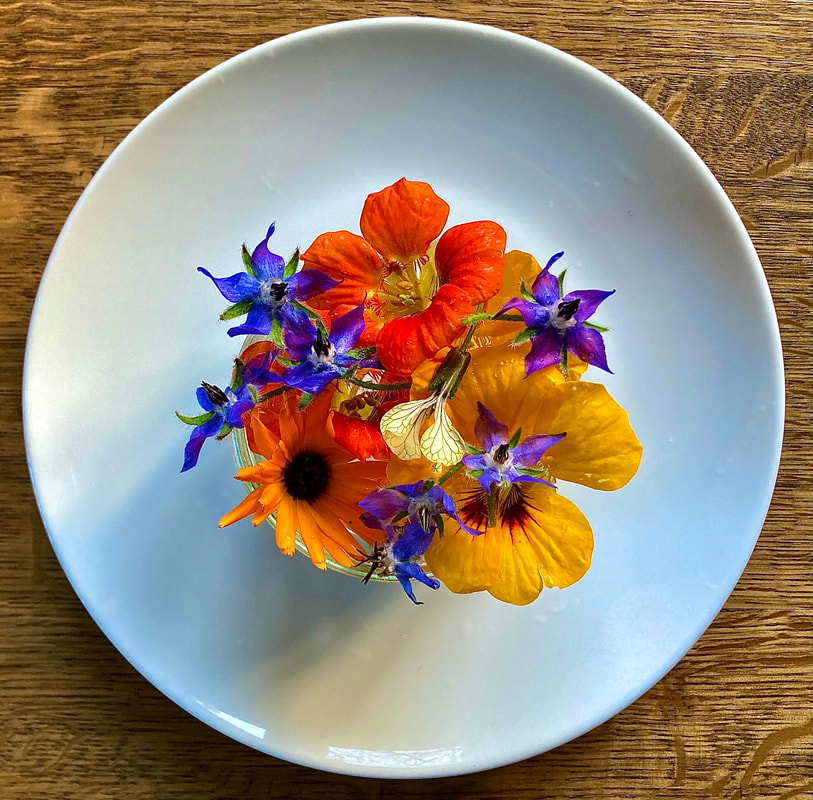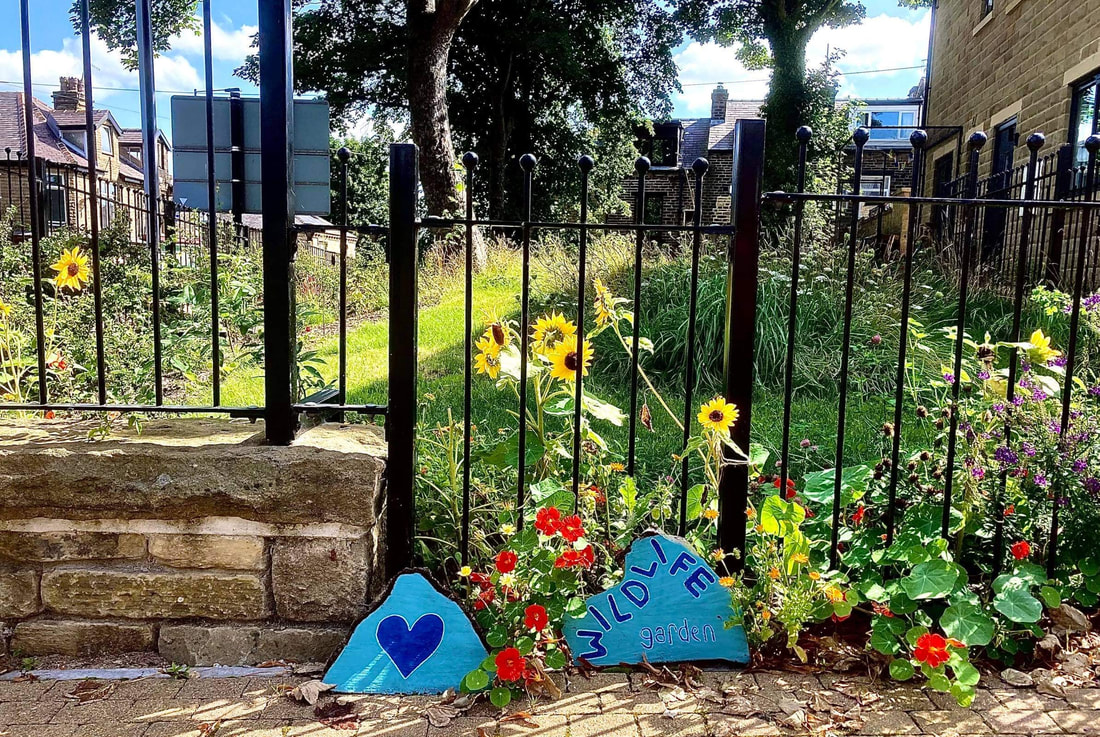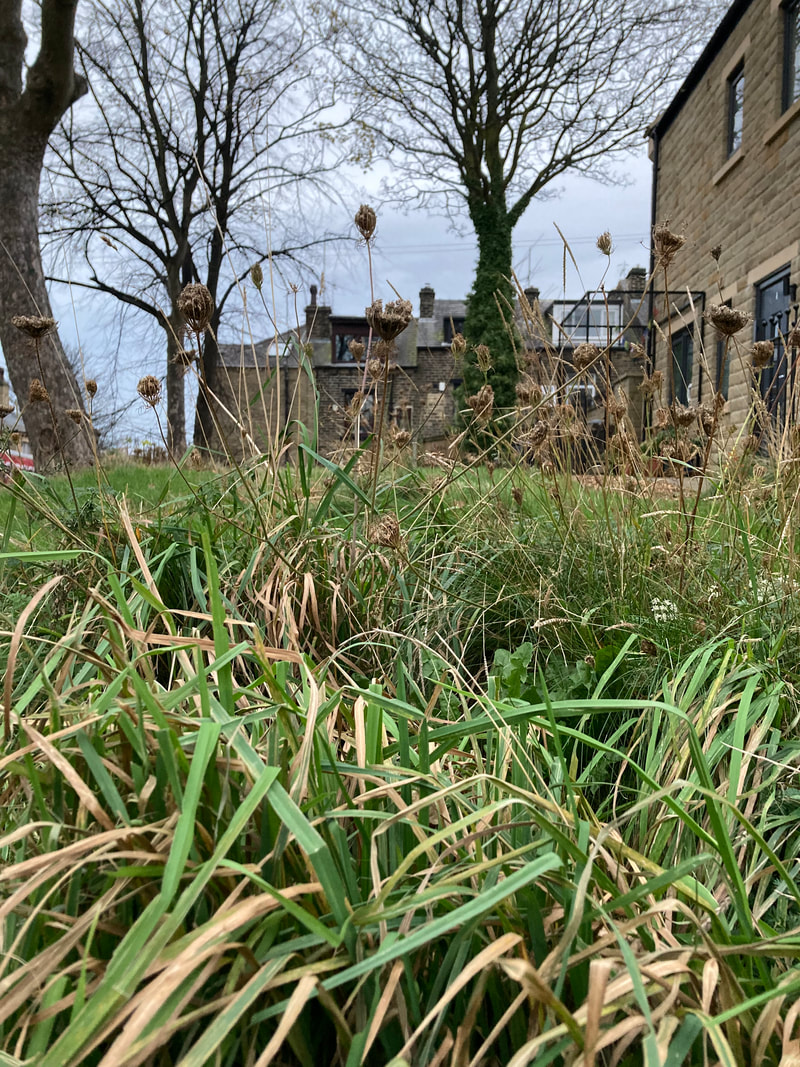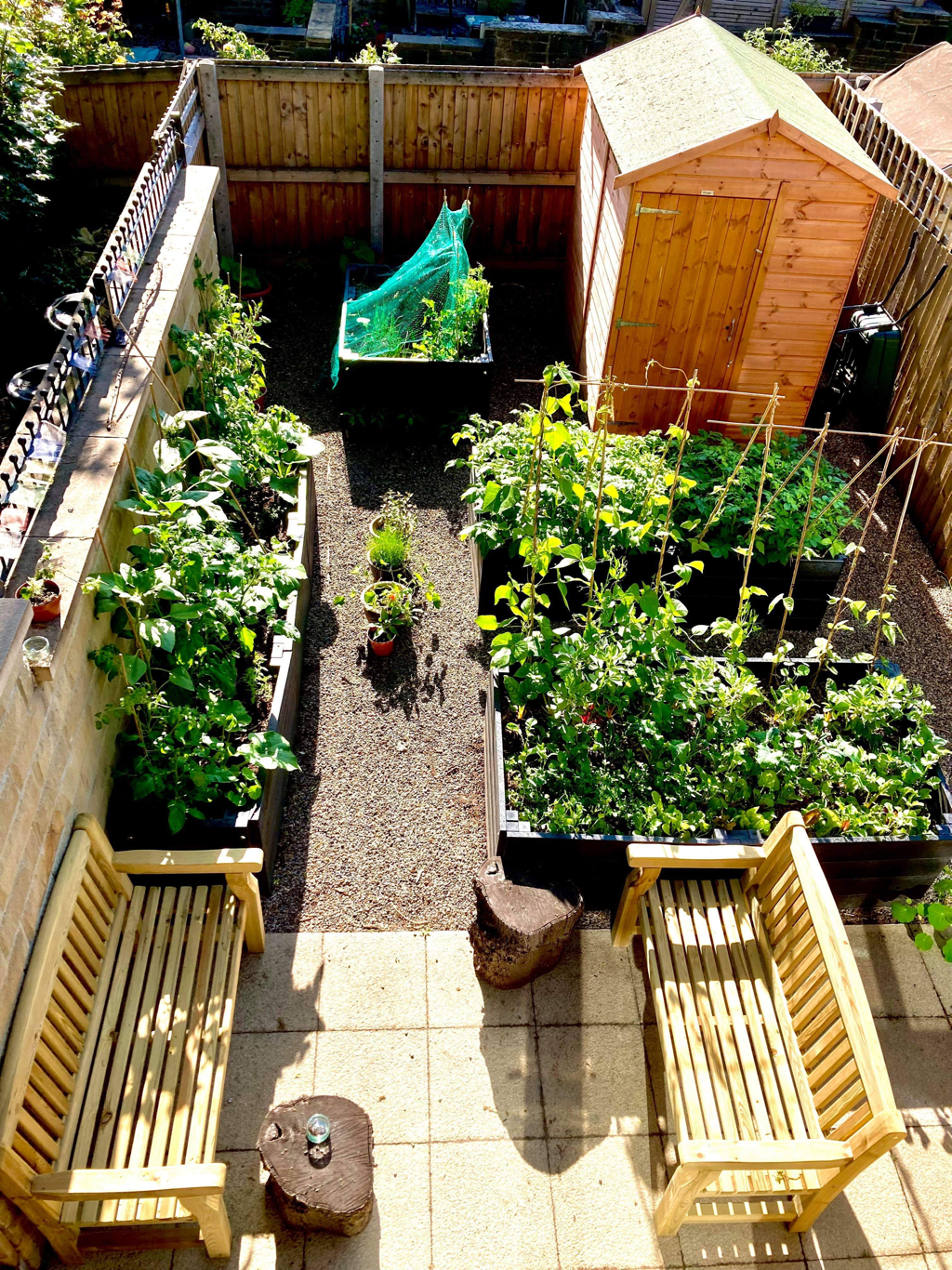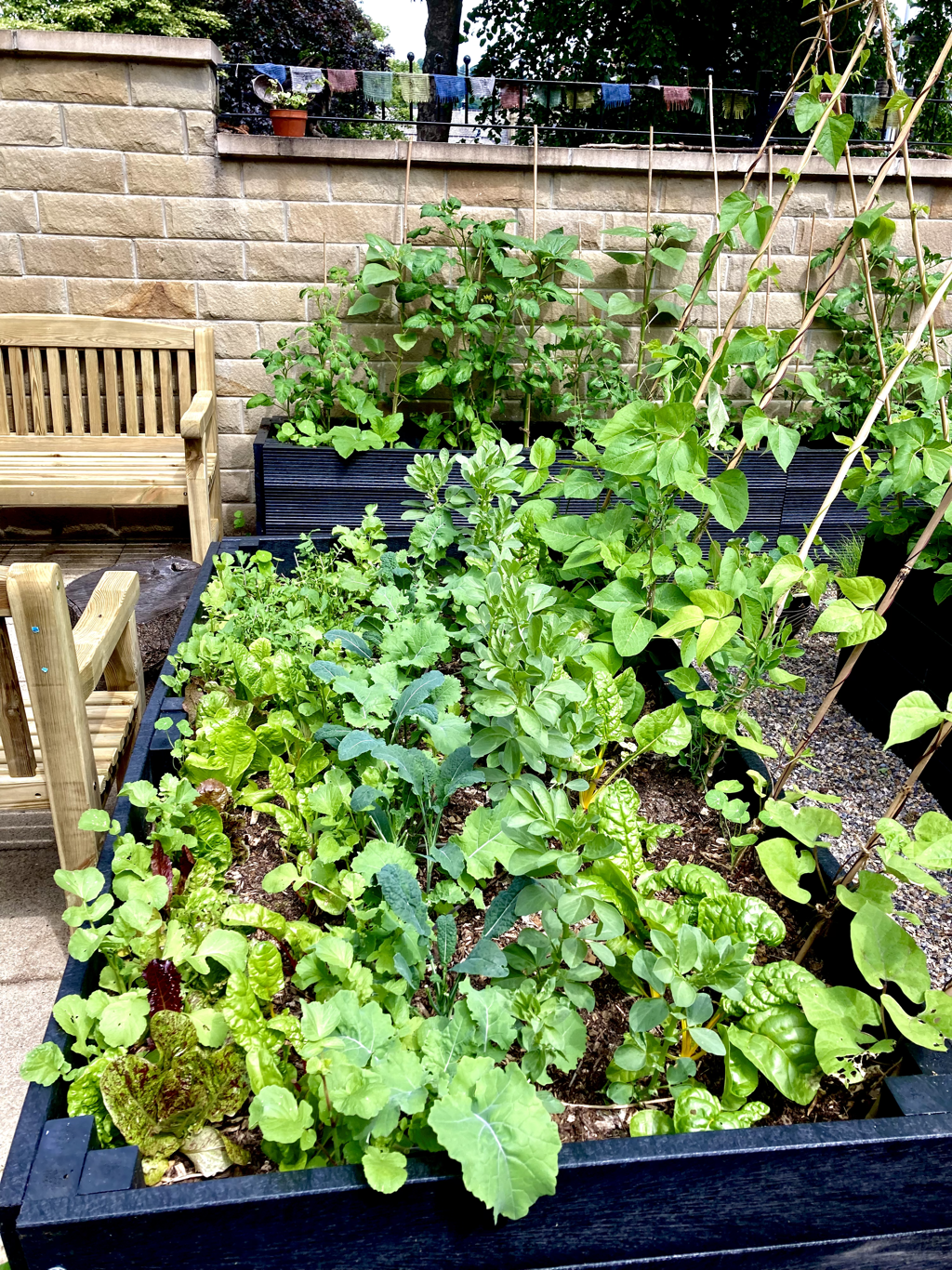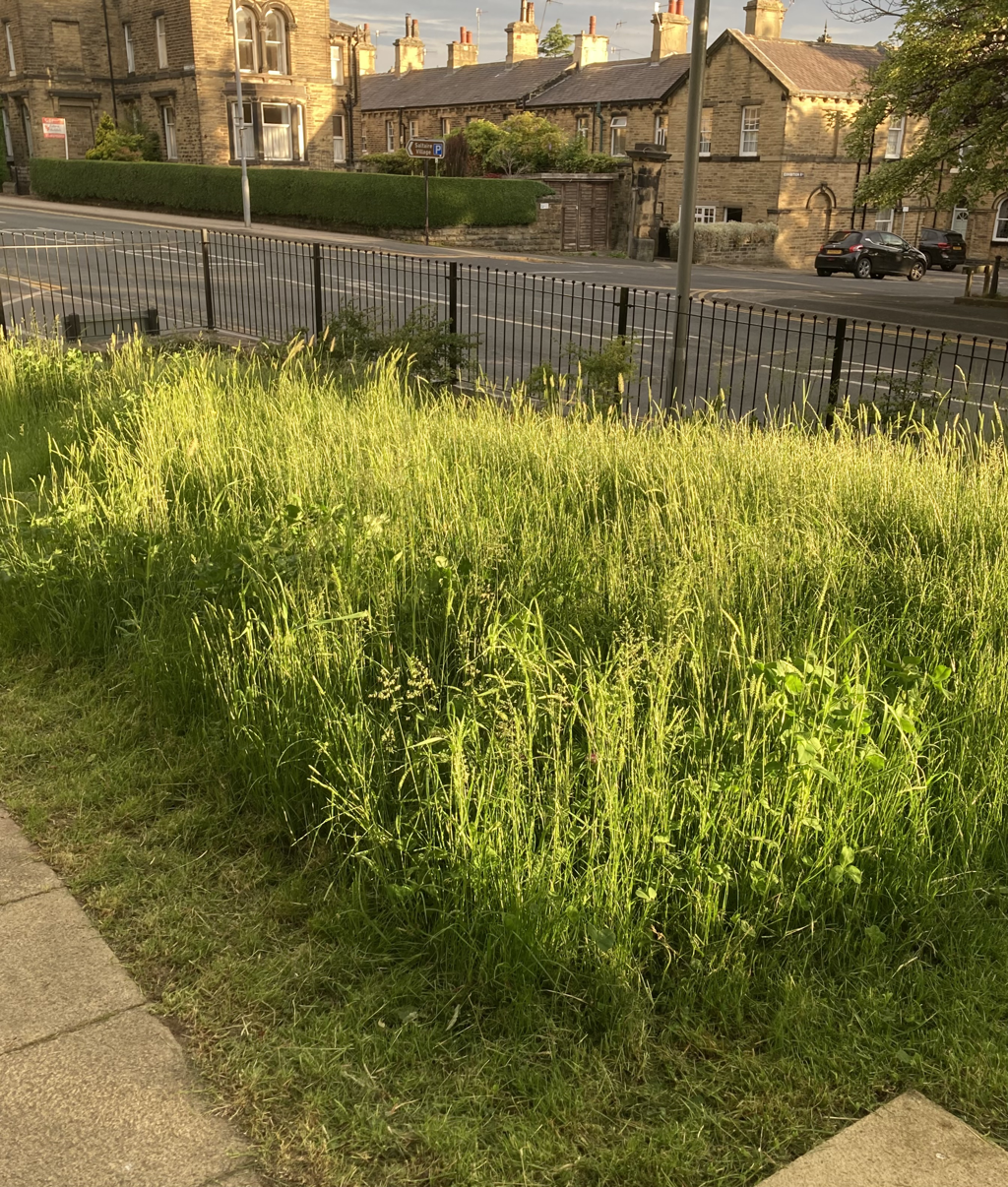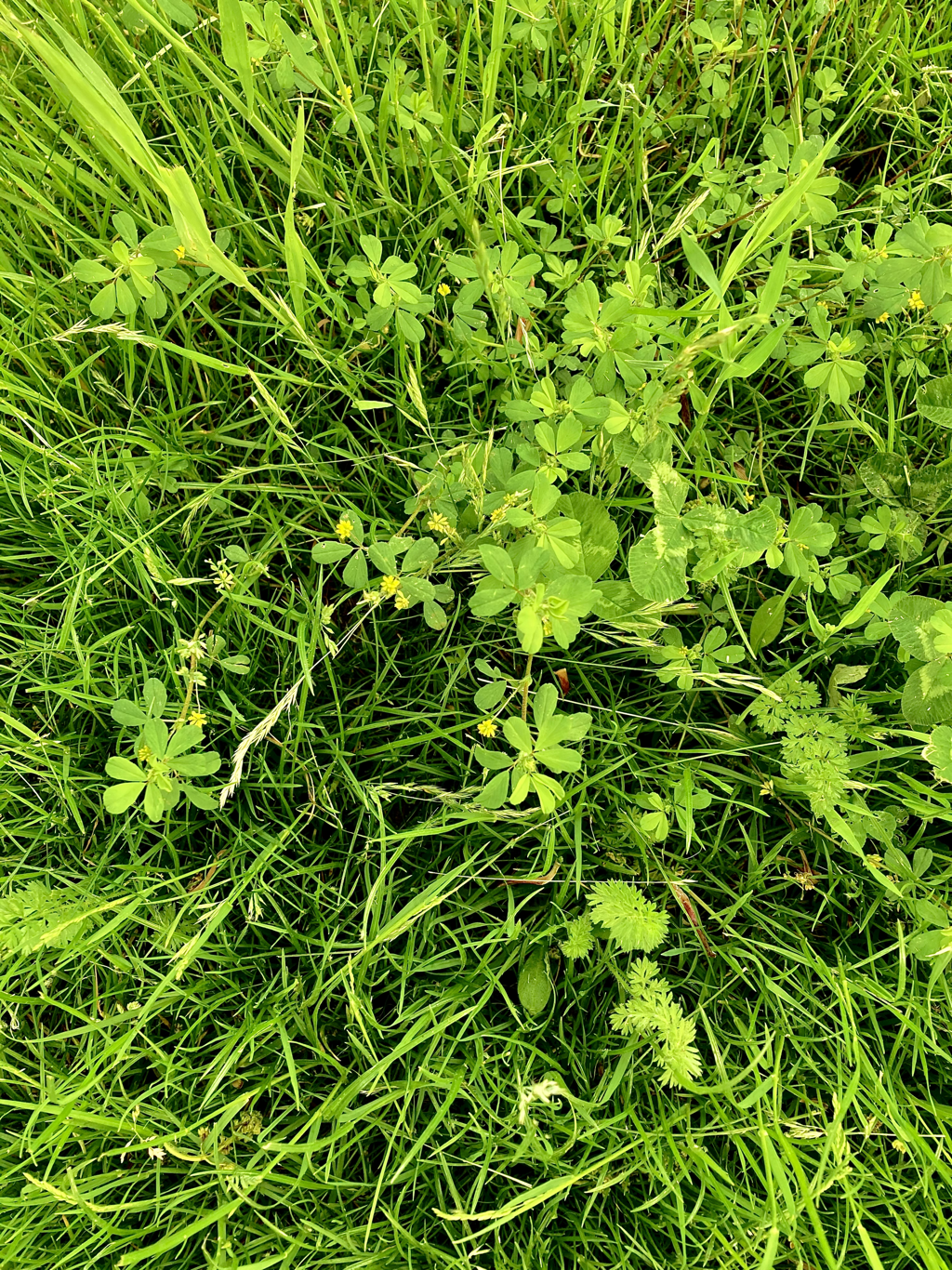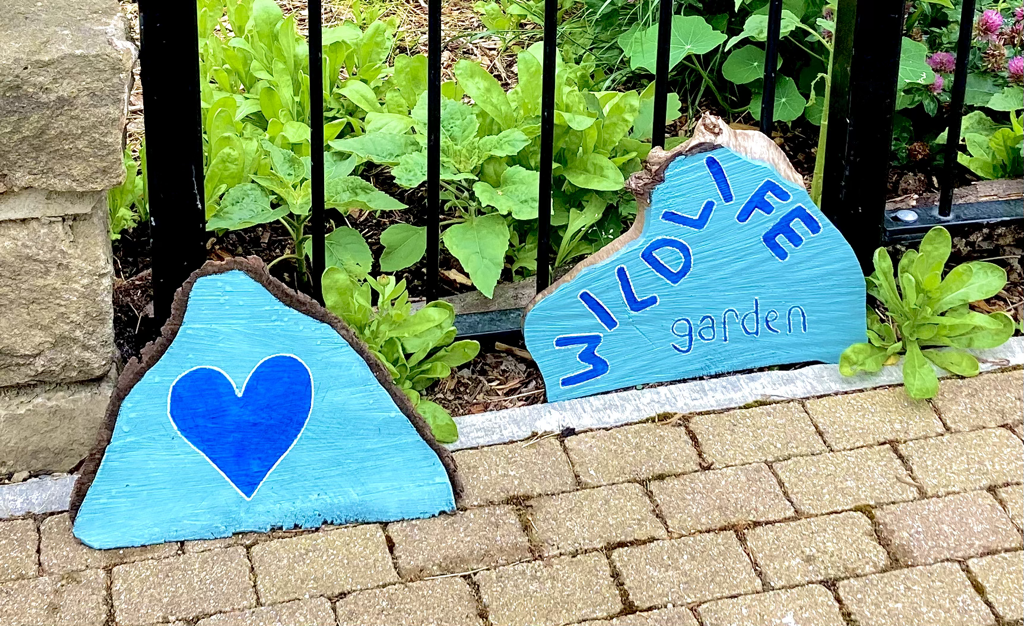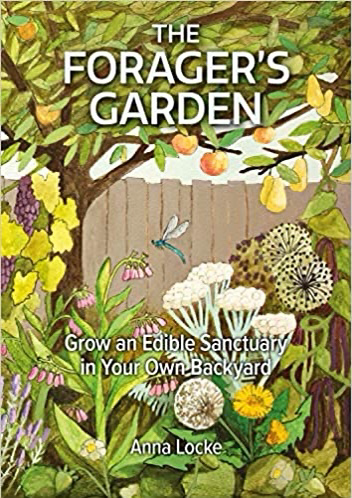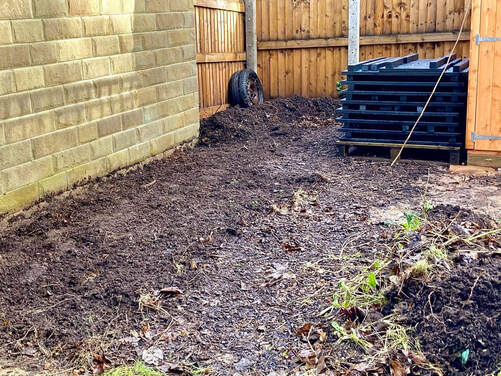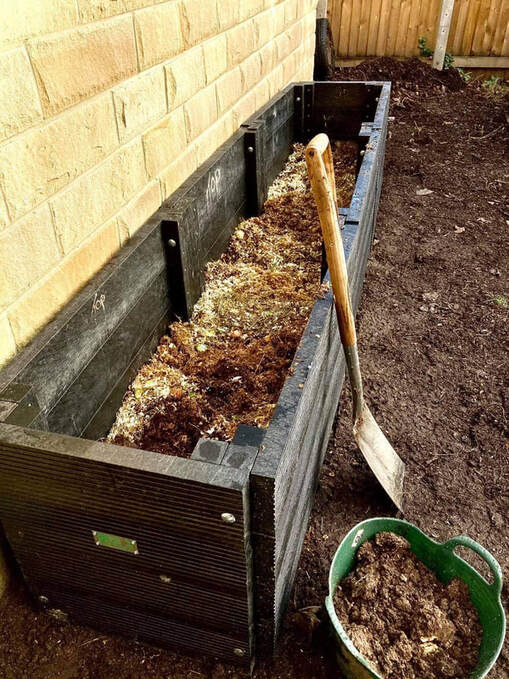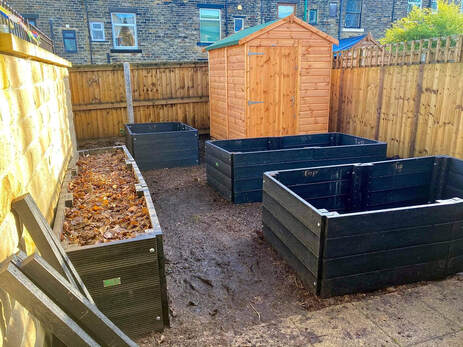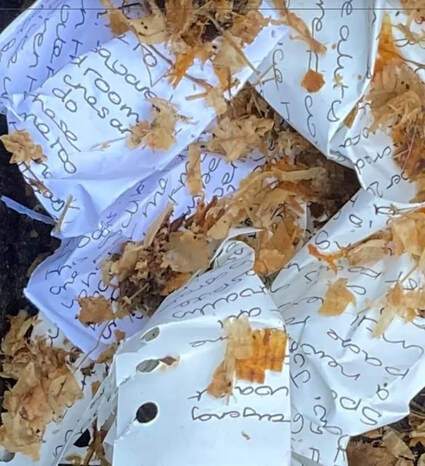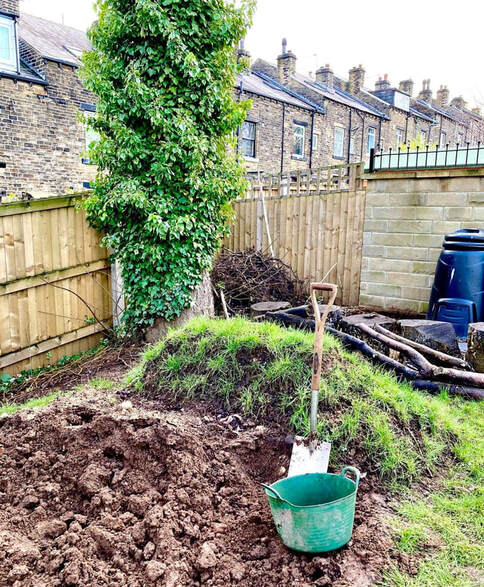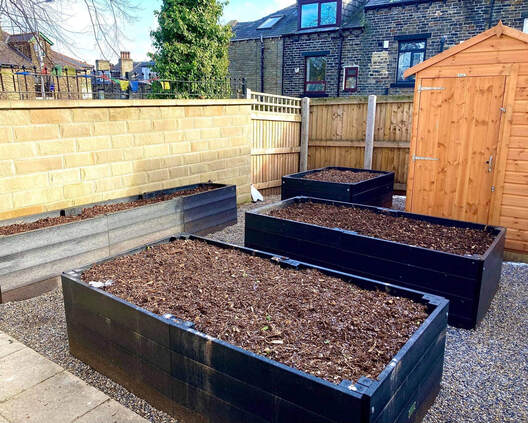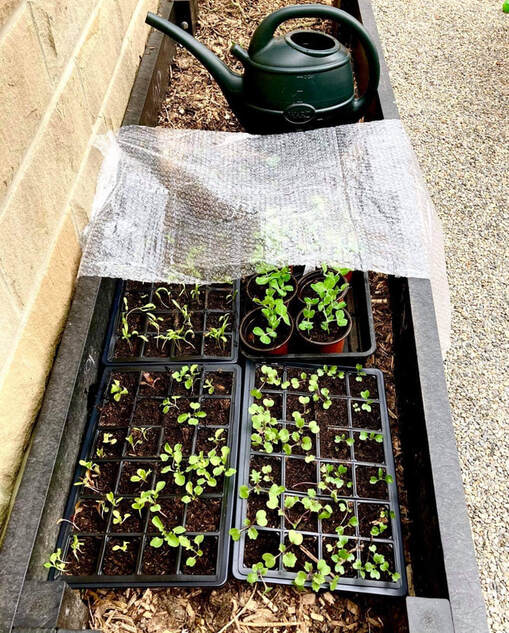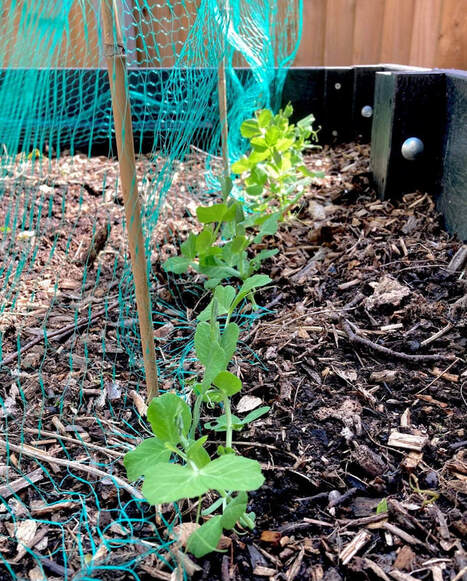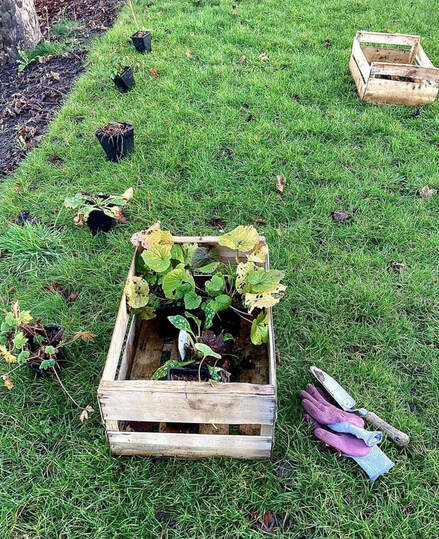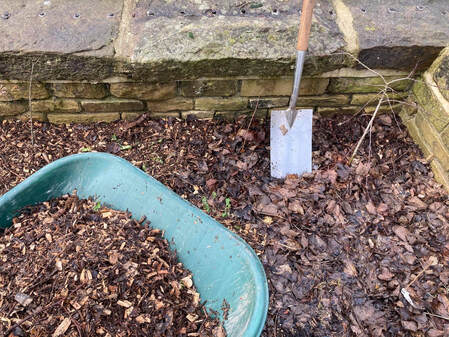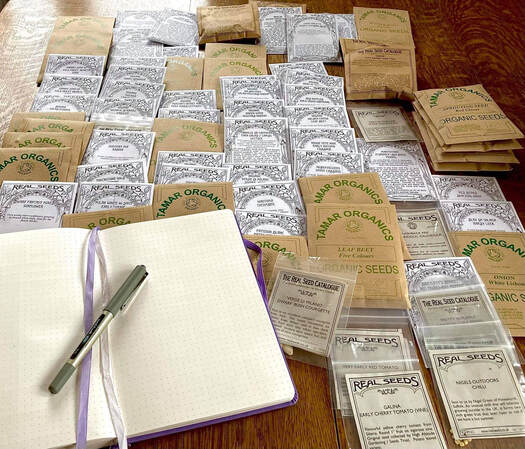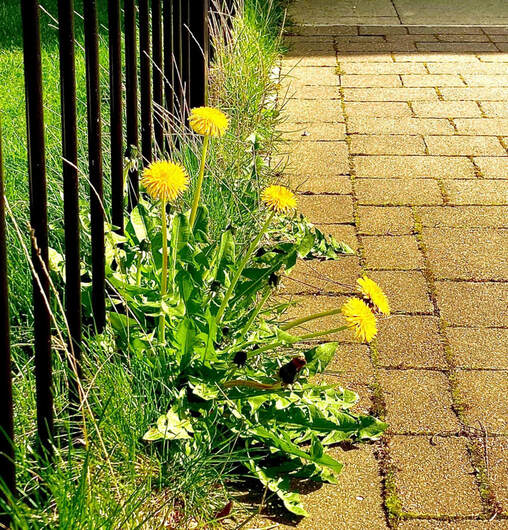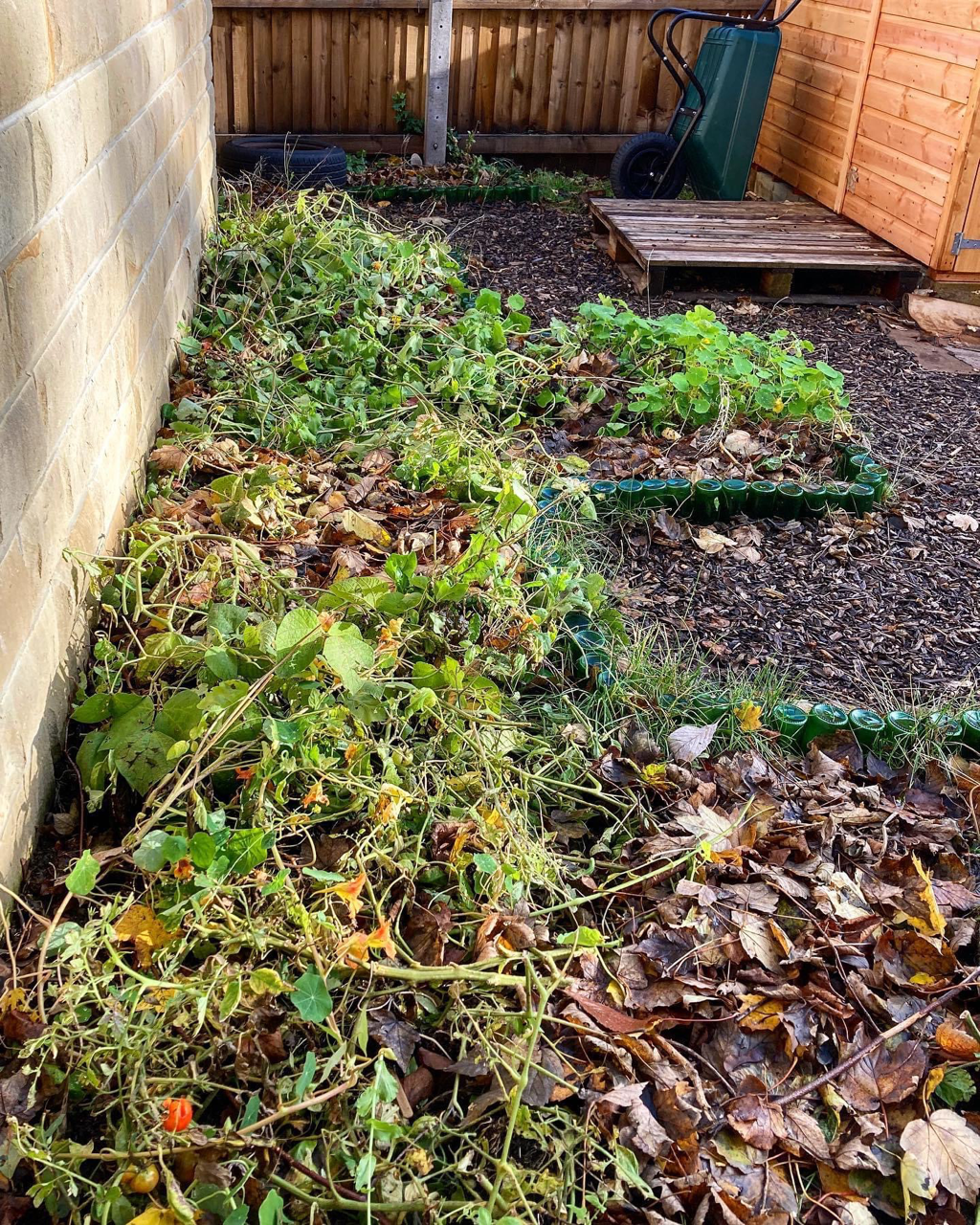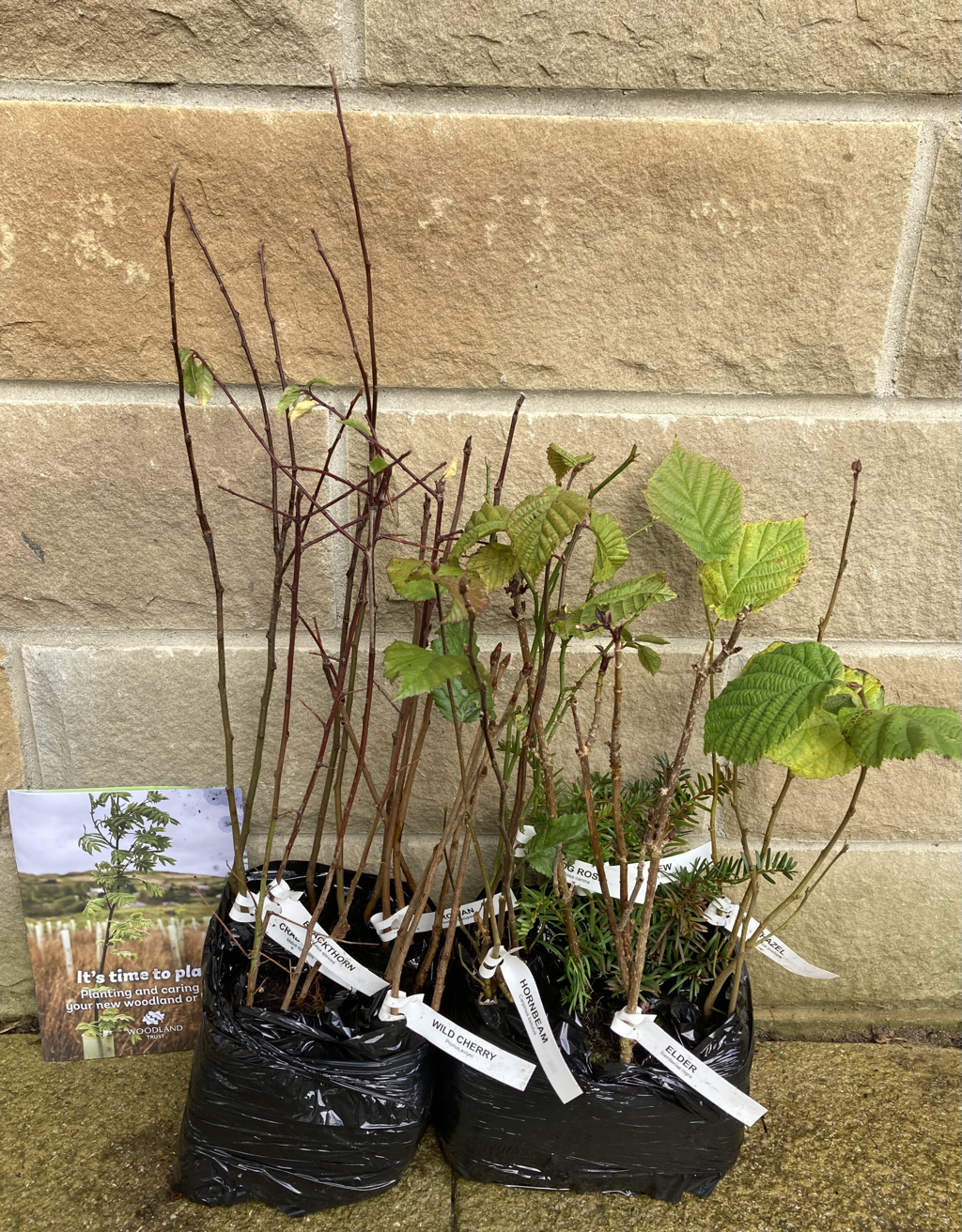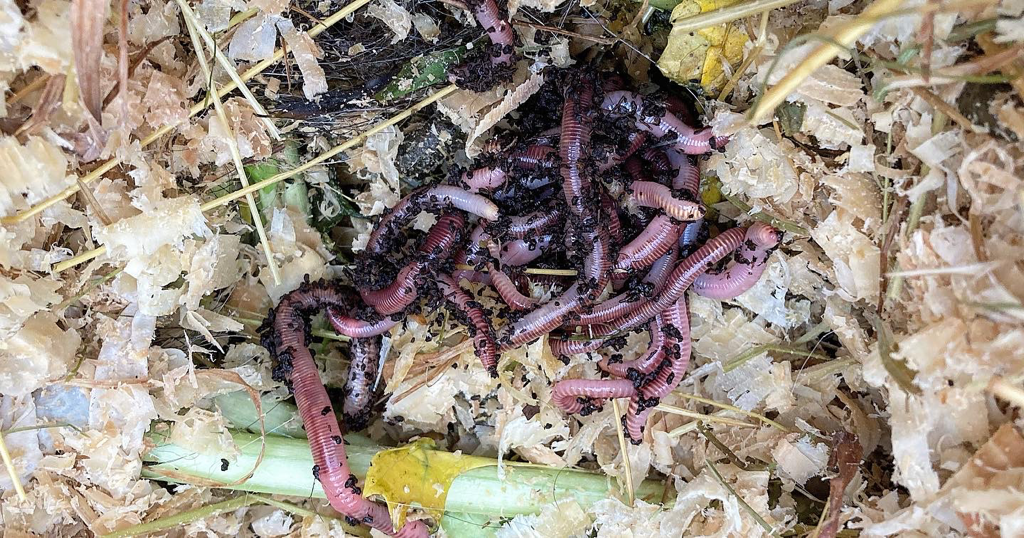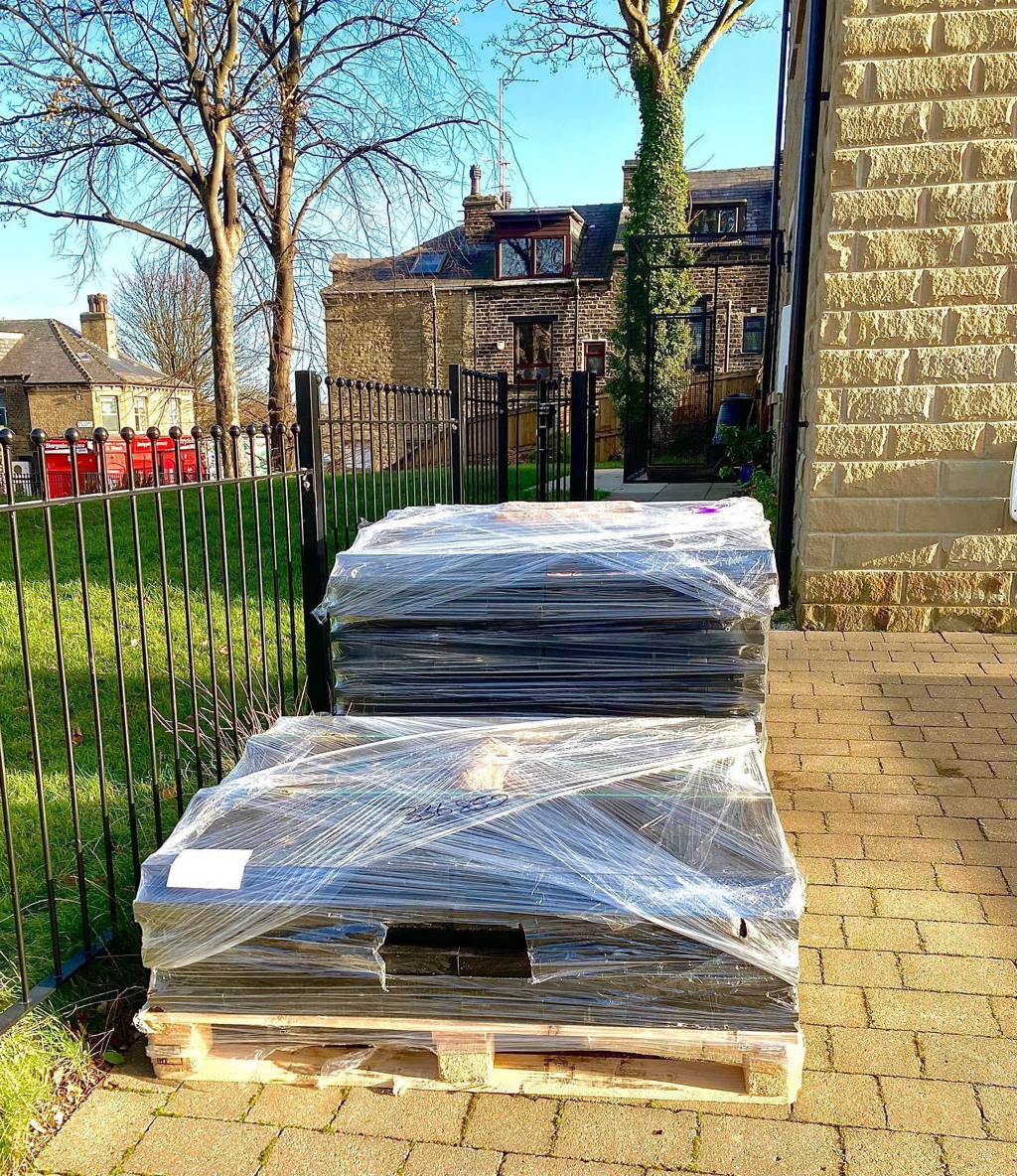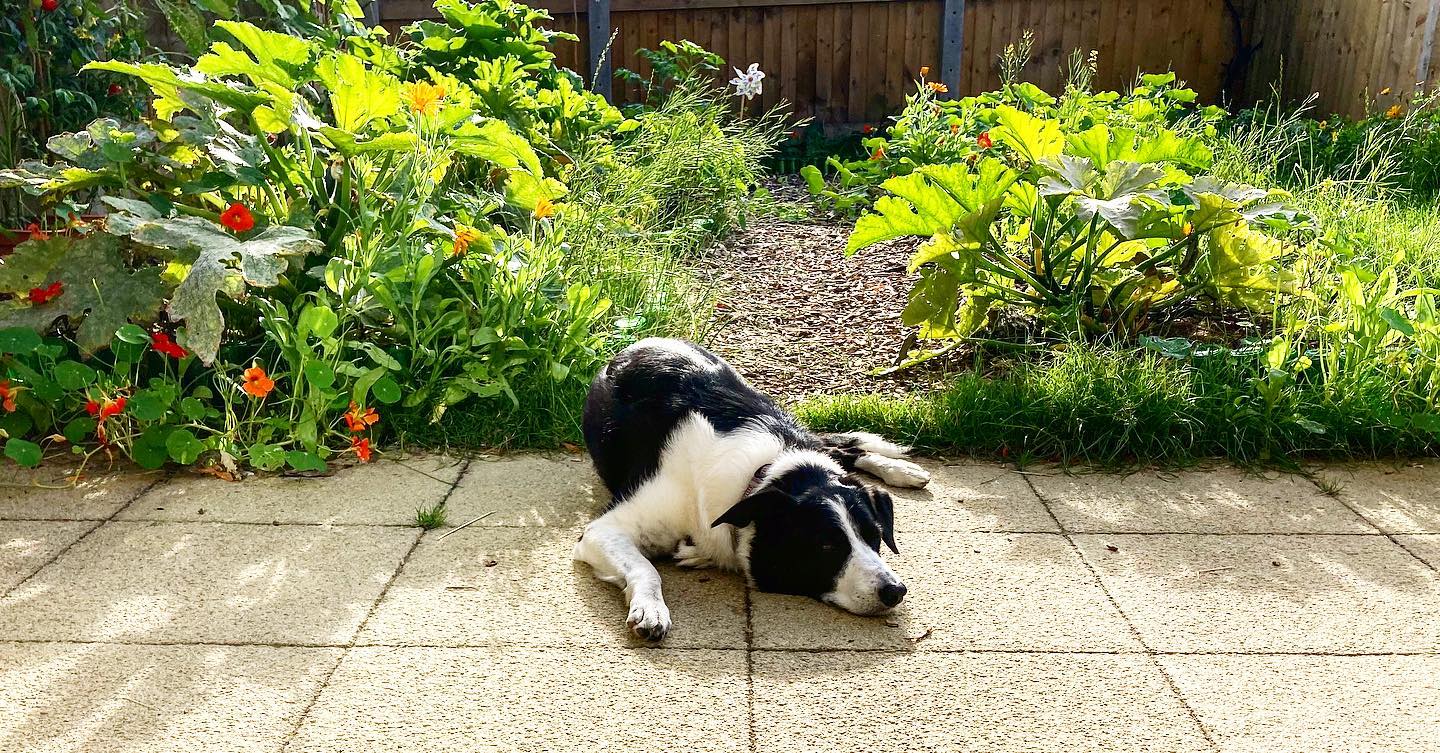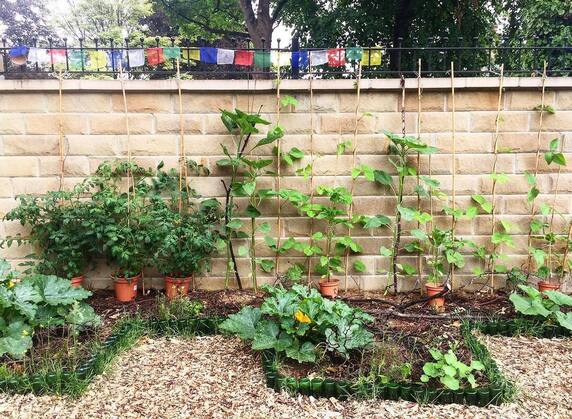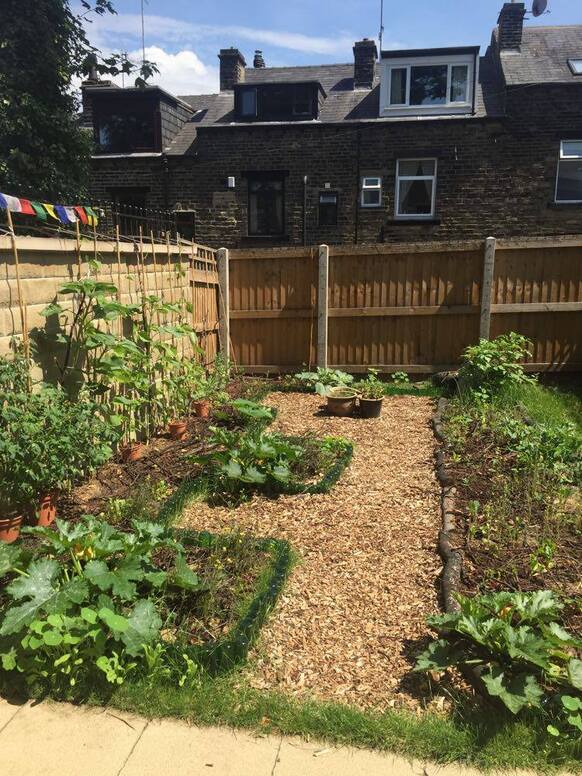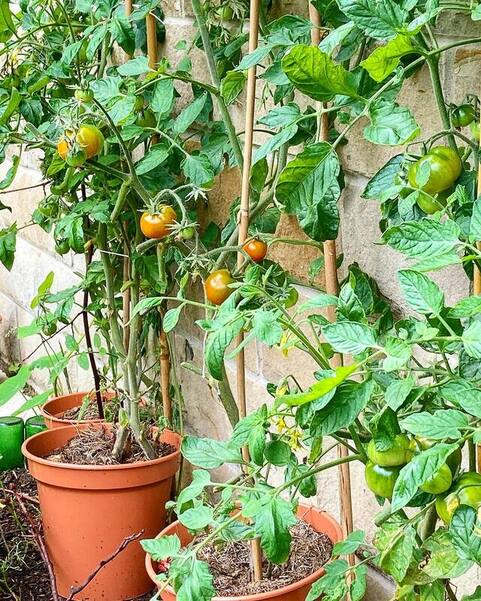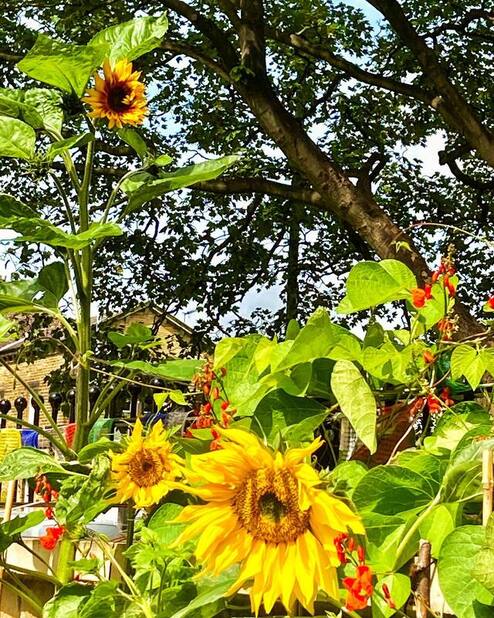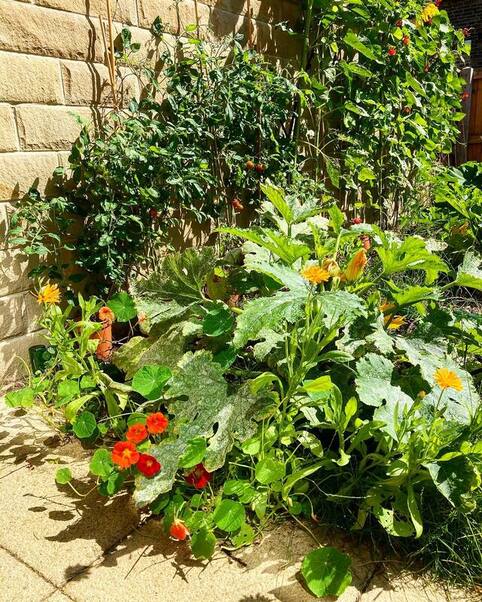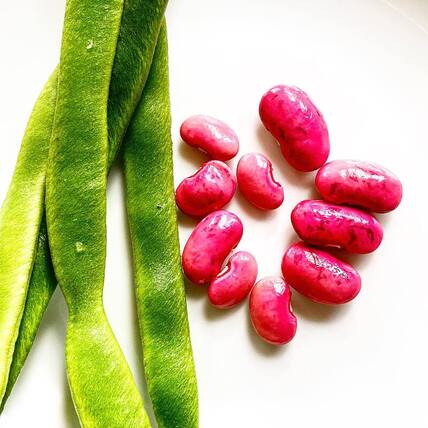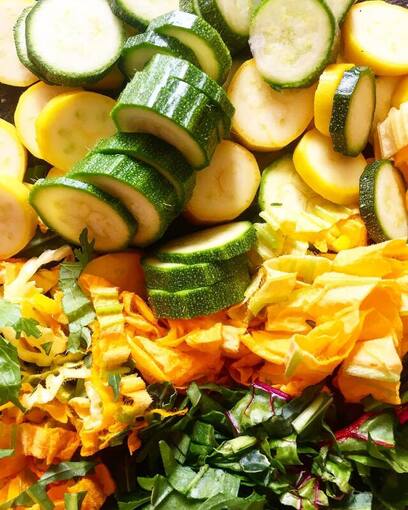|
As I’m typing this The Guardian app on my iPad has informed me that the UK has just recorded its first ever 40 degrees outdoors temperature. Amidst this horrific news and the fact that here in the Aire valley in Yorkshire my garden currently feels like midday in August in Andalusia, my system of mulching the raised beds and pots in my edible garden, gives me hope. Not a lot, but enough. My infographic above includes some of the main functions of mulching soil. It’s so beneficial and over the last few days it’s capacity to keep water in the soil has been amazing to witness. I’ve been watering gardens belonging to two different friends over the last couple of weeks and the difference in watering needs between their mostly unmulched growing spaces and my own, have been huge. I’ve been assessing the watering needs of my growing spaces at 5am and 9pm for the last week. Some of the smaller pots have needed watering each day, especially those naturally water vulnerable plants, for example courgettes and young lettuce with their shallow roots. The larger pots have been watered alternate days and the raised beds just once in the last week. In all of these containers the soil just a couple of centimetres below the mulched surface was at least damp at each check. I’ve been especially impressed with the conditions in the raised beds as these are made from the increased heat storage capacity of recycled black plastic. I’ve used 3 different types of mulch - wood chip, partially composted homemade compost (carbon dense with pine shavings from guinea pig bedding) and plant living mulches. I haven’t been organised enough to do any controlled comparisons about the performance of each one, but in general they all seem to be fairly equally effective. For information about much larger scale solutions focused work about the water on our planet, I can very much recommend investigative journalist, Judith D Schwartz book, ‘Water in Plain Sight’ - I wrote a review about it here
2 Comments
Wildlife GardenJune 2022 in my wildlife garden has brought some beautiful areas of gradually establishing perennial meadow flowers and grasses in the “lawn”. This project is in its second summer now and the difference between the diversity of plants in this year and last year is huge. (Check out previous blog posts for more planting history). The photo above is of the sunrise last week. I so love sitting in this part of my garden drinking my first cuppa of the day before the rest of the world wakes up. Ox eye daisies making their first appearance this year. I plan to do a survey of the plants, (and hopefully insects), in my meadow-lawn just prior to its big summer cut in a few weeks time. Things are just looking so beautiful out there though that I carried out a little practice version a few days ago. In other news, these walking boots finally wore out to the point of wet feet and no tread left. They’ve been my main outdoor footwear for the last decade or so and have shared some life changing journeys, so its been lovely to find a good use for them as pretty planters next to my front door. Edible GardenGeneral edible garden magic in June! Things seem to grow rapidly each day and I’m eating lots of different salad, kale and chard leaves, herbs and edible flowers on a daily basis now. One of the raised beds started being planted as a mini forest garden early in spring so I’m looking forward to seeing how that develops. I’m planning on writing a more detailed blog about the various aspects of my edible garden next month. I harvested my first potatoes of the year a few days ago when I pulled up a rebel potato plant from one of last years potatoes to make room for other growing plants to thrive. They were SO delicious! Potatoes are definitely up there in my top five edible foods to grow! Early in spring I planted a green manure cover crop, beautiful phacelia, in one of the raised beds that I knew I wouldn’t be planting out in until mid May. I left a few plants around the edges of the bed to flower as pollinators love them. Last year I planted several comfrey plants (as pollinator attractors, use as a fertiliser in a liquid feed and by mulching other plants with the leaves and as a nutritious biomass addition to my compost system), both in my wild and edible gardens. Its such a great sight to see the numbers of bees feeding on each plant. At the end of May I started a new project to take a photo of this view of my edible garden, (from my bedroom window), on the same day each month, in order to see its journey through the year.
Edible GardenMy edible garden. This is the second growing season using my raised beds system from British Recycled Plastic. One of their many great functions is the solar heat storage of the material making them perfect for seed germination and seedling growing at this time of year when the weather can be so variable. 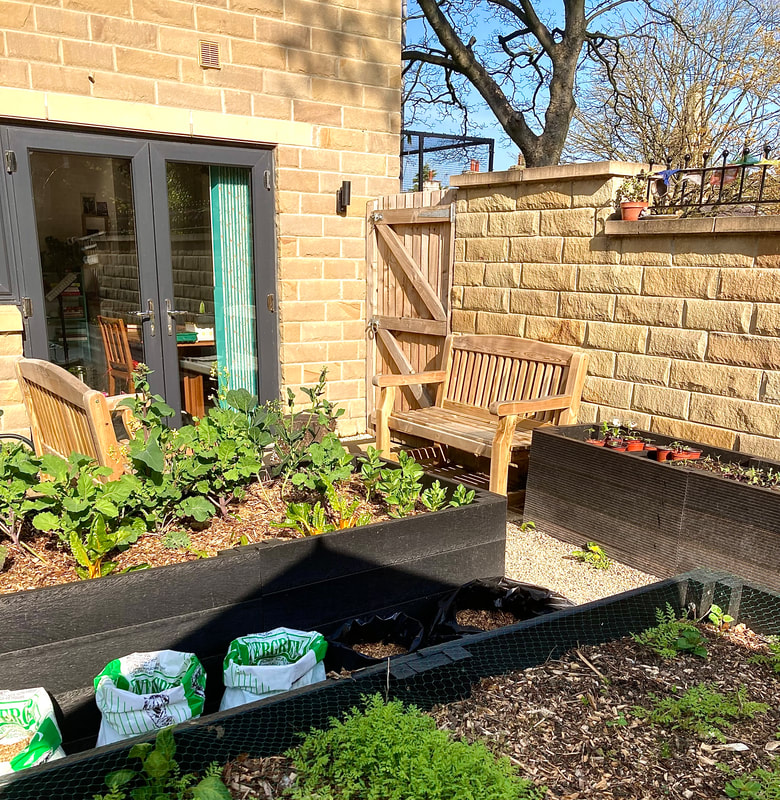 Not very glamorous at all, but these plastic sacks which I buy pine cat litter in, are the growing space for 2 varieties of potatoes this year. They have been planted in partly composted contents from my home compost system. The sacks will be rolled down and more compost will be added as the potato plants mature. Overwintered kale and chard. I’ve left the kale to seed because pollinators love the beautiful little yellow flowers. They also look really gorgeous too. The other plants in this bed are broad beans which were started off in small pots and then planted out a couple of weeks ago. Baby pea plants and sweet peas (also started in pots) will be planted out in this bed too over the next week. 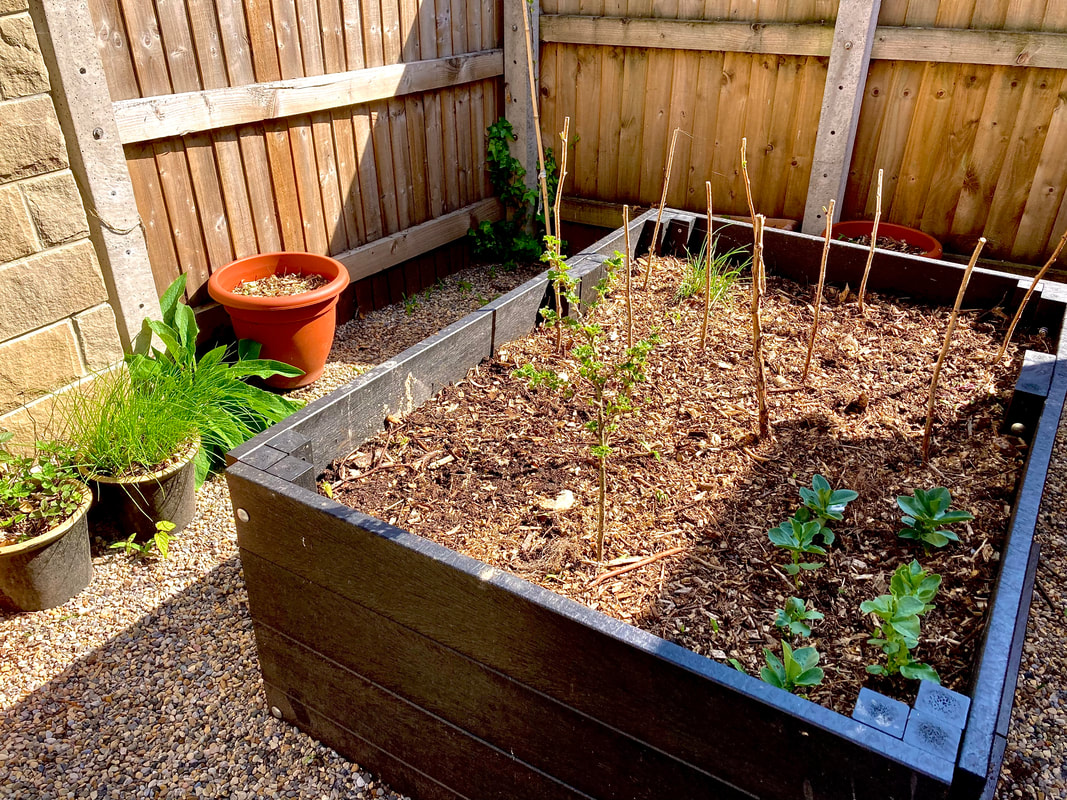 This bed is going to be a mini “food forest” (or “forest garden”) - Ive planted a gooseberry bush and raspberry canes (bought online from RV Roger plant centre in Pickering) and just beyond the raised bed is an apple tree on dwarf root stock planted into the ground last year. Spare broad bean plants are in there too as are some perennial onions. I’ll be adding some more low growing (ground cover), plants to this bed over the weeks ahead. This raised bed along the brilliant south facing stone wall is perfect as a plant nursery! Eventually tomatoes, cucumbers and sunflowers will be planted out here to make to most of the stored heat and shelter of the wall. Wildlife GardenThrough the gate in my edible garden is my wildlife garden. Ive been gradually adding a diverse range of perennial meadow/woodland plants into the “lawn” over the last two years and its so good to see more flowers, grasses and herbage get established Some of the perennials planted as ground cover last winter, underneath baby trees forming a hedge along the main road boundary, are also getting established now too.
I love this time of year in garden design, sowing annual seeds and watching perennials emerge from their winter sleep. Over the May Day bank holiday this year, I’m excited to be welcoming people to walk through my garden as part of my participation in the Saltaire Arts Trail. I’m looking forward to some interesting conversations, (hopefully!), about all things permaculture throughout the event. I’ve been spending the last few days doing a bit of a review about how my garden designs are going. I left kale and some chard sown last spring in place over the winter and they are thriving pretty well. I am harvesting some to eat at least once a week. Unfortunately my health wasnt great at the key time for sowing winter crops last year and so seeds never made it into the soil, but alongside these brassicas I have some baby leeks looking small but healthy in a different raised bed. I’ve also loved sorting out my crazily big seed collection, (alphabetical order for the first time ever, rather than plant type!) - I’m experimenting with some green manure crops in a couple of the raised beds this year which I’m excited about. The seeds in the plastic bags in this photo are perennial and annual meadow herbs, grasses and flowers. I’m going to be growing some of this seed as plug plants to place directly into the lawn in places presently covered with wood chip. This mulch will have killed the grass, to give the baby plants less competition when they are planted. Also over in the “wild” part of my garden, are some seed heads left on grasses and flowers seeds sown directly into the lawn last year. In this seed head pictured I found sleeping ladybirds. I plan to leave more areas of the “lawn” with seed heads in place to overwinter for insect habitat this year. Yesterday I sowed the first seeds of the year! Chillis in Northern England need to be started off super early in the year for them to ripen in the summer sun. I’ve sown 4 different varieties this year, 3 are new to me, plus my favourite “Nigel’s Outdoor” chillis from Realseeds, bred to thrive outside in the UK Through the winter I’ve grown a constant supply of sprouted seeds and pulses on my kitchen window sill. In the long dark winter days it seems like such a privilege to be able to easily grow (and then eat!) delicious fresh sprouts. Some of my favourite resources connected with this postI buy most of my seeds from two seeds specialists in England. Tamar Organics & Real Seeds - I love both their products and their ethics.
I buy my meadow plants seeds from Emorsgate Seeds - who also have loads of really useful info about everything you need to know relating to sowing grasses, flowers and herbs to create “meadows” on their website. The fantastic No-Dig gardener Steph Hafferty published a brilliant blog post on Valentine’s Day about her seed sowing plans for February. You can read her post here My friend and permaculture teacher & practitioner, Graham Burnett has produced a fabulous little guide, “A Garden In Your Kitchen” which includes a great section on sprouting. Checkout my online shop for cards and prints of some of my most popular illustrations. I’m here, back to all things digital, after a month long break somehow turned into a whole six months. My garden also was mainly left to its own devices for the second half of the growing season too, but here are a few photos I did take over that time.  This raised bed contained a wonderful polyculture of runner beans, French beans, field beans, 2 varieties of kale, rainbow chard, mixed radish, rocket, nasturtium, calendula, borage and mixed lettuces. It was abundant both in food for me to eat and also for pollinators too. The sunflower heads and water dish in the foreground are for extra insect attracting and care. 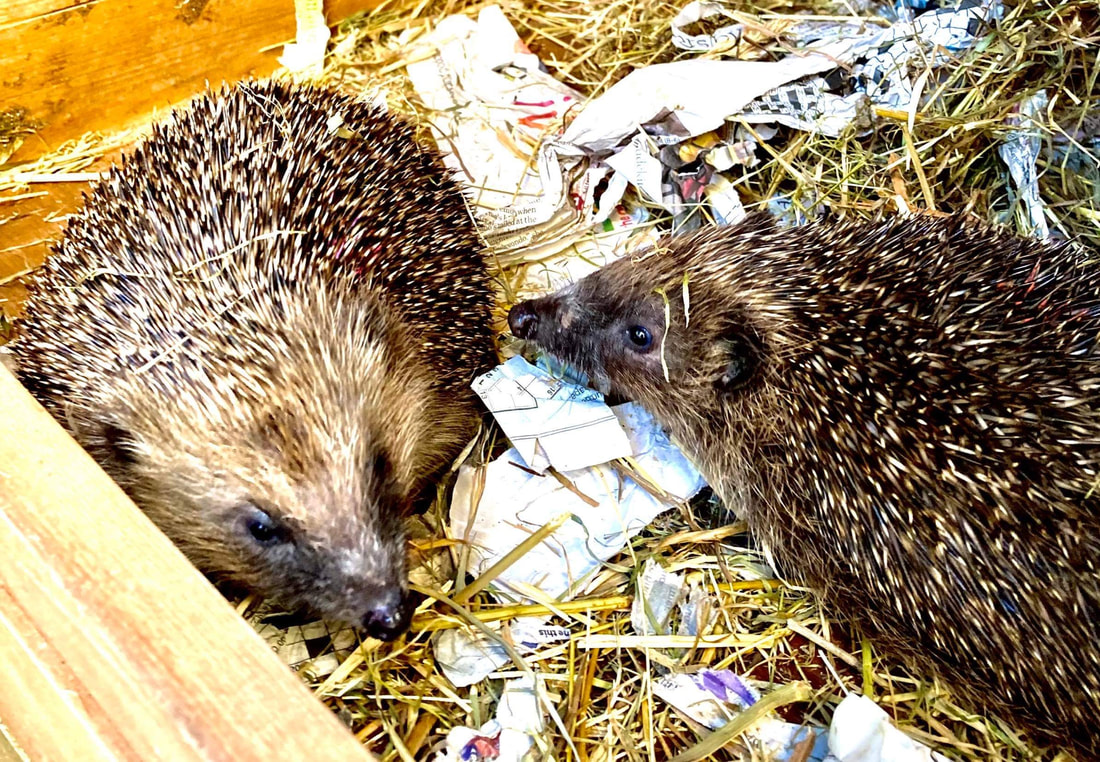 These two lovely girls arrived for further care and rehab via hedgehog hospital. After several months with me were successfully released back into the wild, care of a large, safe garden with lots of great habitat (not mine, I live next to a busy road!), where they will have supplementary feeding if they choose too. My edible garden view from my bedroom window. I’m so pleased with how my new raised beds from British Recycled Plastic, installed over the winter are now performing. Read more about the raised beds in a previous blog post here. After a cold May, everything has grown rapidly and healthily over the last few warm weeks of June. The soil/compost mix in the beds is full of worms now and as some of the compost was only semi decomposed when added to the raised beds, the height of the mix in the beds has decreased rapidly! My current composting system is going well though so the beds will be topped up again once each harvest is finished. I have at last got some seating in my edible garden too, so pleased with these British grown and made benches. My tree trunk stools from the lime tree felled last year, are making great tables/footrests. A mixed bed of lettuce, radish, kale, chard, beetroot, radish, runner beans and sweet peas. Tomatoes, sunflowers and courgette plants in the South facing bed in the background. The absorbed solar heat in the black recycled plastic of the raised beds “planks” is creating such amazing microclimates. None of the raised beds had any frost from the late winter/early spring. In the “wild” part of my garden things are also growing well. Most of the baby hedgerow trees I planted over the winter are thriving. My “lawn” area is much more diverse in flora and fauna as a result of sowing in grasses, legumes and flower seeds over last autumn and spring. I’ve been mowing a path round the perimeter and through the middle of the lawn for aesthetic purposes (my long grass looks like a purposeful design rather than just abandoned) and also it means that my Border Collie, Floss, and I can get to all areas of the garden without trampling and squashing the plant growth in the lawn. I created these signs for my wild garden area to help share my garden design to people passing by, (its adjacent to a busy road near several schools), and my neighbours. The blue heart symbol is part of the Blue Campaign which was founded by wildlife film maker Furgus Beeley in response to dramatic biodiversity and biomass declines in the UK. People with gardens, allotments, business yards, and councils who manage land and roadside verges are encouraged to “rewild” areas of land and to display a blue heart of some kind to communicate the message and connection in what they are doing.
Book ReviewI’ve been really looking forward to reading this inspiring sounding new book from permaculture focused garden designer and educator, Anna Locke. And it hasn’t disappointed.
Anna has taken the concept of forest gardening and created a beautiful, engaging resource to teach and empower us to design perennial based foraging gardens where humans and non-human beings in nature can flourish. Her decades of knowledge and experience of connecting people with natural environment through garden design shines through every chapter of this very accessible book. The Forager’s Garden takes us through a simple design process to grow ecological, wildlife abundant gardens. It’s a book about planting whole ecosystems on any scale, for community, private and guerrilla gardening projects. Anna’s work isn’t designed to compete with traditional vegetable and fruit growing but to compliment it. Yes, we could redesign whole gardens or community plots as foraging ones, but equally, creating small perennial plant spaces in gardens with annual edible or flower growing areas too, can also develop conditions for nature, (including humans), to thrive. With clear, jargon free text, gorgeous illustrations, diagrams and photos alongside regular prompts for applying the information presented in each chapter to our own garden design, this book will suit gardening novices alongside those of us who like to learn and learn again especially from new authors and artists. The Forager’s Garden leans to a focus on UK climate and includes chapters on; Defining what a foraging garden is; Designing for resilience and long term; How to plan your garden; Information for beginner gardeners; The benefits of including diversity in the different elements of garden creation; The use of trees in a forager’s garden; Embracing the use of plant guilds; The creation of ecological stability and abundance through creating multiple layers in a garden; Plant choices, Implementing and maintaining your garden design; How perennial focused foraging gardens or spaces in gardens, can be used in different spaces, for example, allotments, container gardening and gardening undercover or on windowsills. The book also contains an excellent “Plant finder” with lots of clear information about many common and some less so, plants that can be used to create a beautiful, successful garden space to forage from. Anna skilfully weaves ecological principles throughout the abundance of knowledge, ideas and personal garden design experiences in her book. People with some prior understanding of permaculture will also recognise the permaculture ethics or values of Earth Care, Fair Shares and People Care at the core of The Forager’s Garden. The chapters skilfully link low budget, low maintenance, edible garden design to the bigger pictures around food security, wildlife habitat regeneration and community building Though many of the garden design stories in The Forager’s Garden span over several years, Anna wrote this book against the backdrop of the last 18 months when both increasing public awareness and motivation about the urgent need to address climate change and the surge in numbers of people who started growing their own food for the first time as the COVID 19 pandemic became realities in our communities. It’s timely publication will be an important tool to use in individual household and community scale projects, as part of wide scale solutions focus for both of these global scale truths. I wholeheartedly recommend The Forager’s Garden for us all. The Forager’s Garden by Anna Locke is available from Permaculture Market I haven’t blogged about my urban permaculture garden design since last November , (you can read more about why, in my blog post “Website Design Update - Catching Up” from a few days ago). So much has changed in my edible garden over the winter months as I implemented the permanent structural part of the garden design. 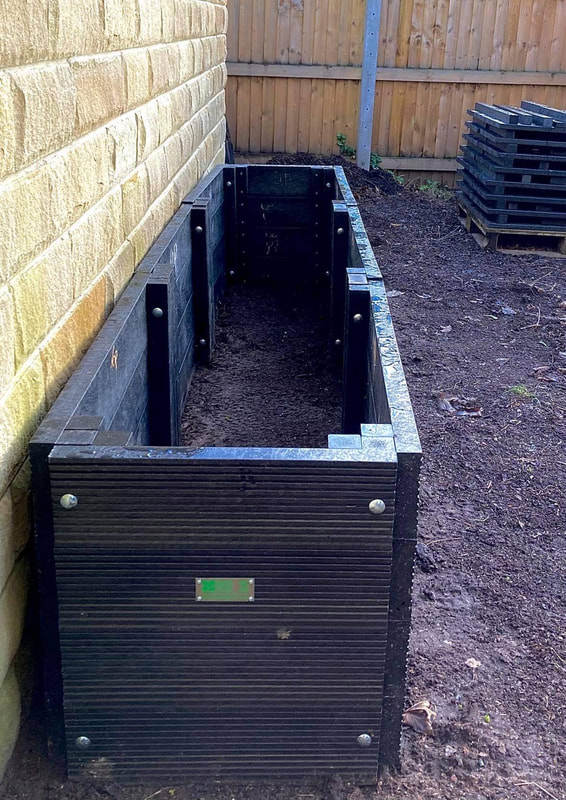 The raised bed along the south facing stone wall was the first one to be constructed. These amazing raised bed kits from British Recycled Plastic in Hebden Bridge (about 45 mins drive away from my house), come in a variety of different sizes and depths. The material is made from British plastic waste and will basically last forever. I chose the 60cm depth option as its great for seated gardening. Over the the winter and spring I have also been implementing the next part of the design for the wildlife habitat area of my garden. I planted 70 diverse trees as part of a mixed hedgerow as in my November 2020 garden blog and planted out a mixed range of perennial herbaceous ground cover plants suitable for a North facing slope, supplied by the wonderful Those Plant People permaculture plant nursery just 5 miles up the Aire valley from my house. 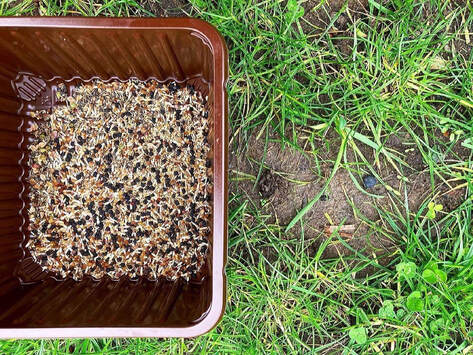 Earlier this month I added a mix of annual and perennial wild flowers and grasses mix to the exposed patches of soil (created by leaving fallen sycamore leaves as a mulch over the winter). This is the second year of doing this, I will also repeat the process in the autumn. Creating a diverse “meadow”/woodland edge in newly laid lawn is a gradual process over a number of years, but should eventually result in a space where many insects and birds can thrive. I’m returning to my monthly garden update blogs now, so feel free to sign up to my
Full Moon newsletter or connect in my social media spaces to get notified when they are published. November has been all about preparing to start the implementation of my long term permaculture garden design. Rather than clearing the growing beds of my pop-up garden from this years growing season, I left the remaining plants in place, plus added a thick layer of fallen leaves from the lawn/wildlife meadow area of the garden. This means that until I am ready to work on a specific area, the soil fertility and insect habitat will be maintained as much as possible. Birds have also been very pleased with this decision and although Im not feeding birds from commercial feeders, I’m seeing an increased number spending time in my garden and finding food to eat from these mulched areas. I ordered a diverse mix of trees from the Woodland Trust to plant as a hedgerow at the edge between my garden and a busy main road. The area already has some young hawthorn and holly trees in place and I’m going to be adding hornbeam, wild cherry, blackthorn, dog rose, elder, rowan, alder, hazel and yew. I’m also awaiting a delivery from Yorkshire Willow - a variety of various coloured willow rods to create a mini coppice area. Two of my lovely friends put together this amazing shed from local, award winning Power Sheds in Bradford. They deliver anywhere in the UK and I can really recommend the quality of their product and customer service. I’m making a lot of compost in my garden and to give the process a boost I ordered some “tiger” worms from Yorkshire Worms. The basic layout of my garden is only a year old with a thin layer of top soil on top of a lot of building rubble, so I’m hoping that these new garden friends are going to greatly help with the land regeneration. (The wood chip in this photo is bedding from my rescue guinea pigs, another important part of my composting system.) And then lastly my raised gardening beds arrived from British Recyled Plastic, based down the road (and over the hill!) in Hebden Bridge. They create an amazing robust and chemically safe product from British farm waste plastic, to make garden beds and other outdoors furniture.
Back in spring I shared a blog post about a temporary edible garden I was designing as life in the the UK was being overwhelmed with the realities of the arrival of the COVID 19 pandemic . In this post I share some more photographs about how this temporary garden grew and thrived throughout the growing season of this surreal and uncertain year. As I write this at the 1st October Harvest Full Moon, I have been in my new home (and garden) for just over a year and making plans to finish this "pop up" garden and rejoin my bigger much longer term whole garden design again.
|
Welcome to my blog. Here I aim to share everyday examples of how permaculture can provide healing and regeneration for ourselves, our communities and our planet.
Search My BlogSign up for my monthly newsletter, Full Moon Flourish. Here I will be sharing updates about my creative permaculture projects, plus links to inspiring work from other women in permaculture.
Archives
May 2024
Categories
All
|

